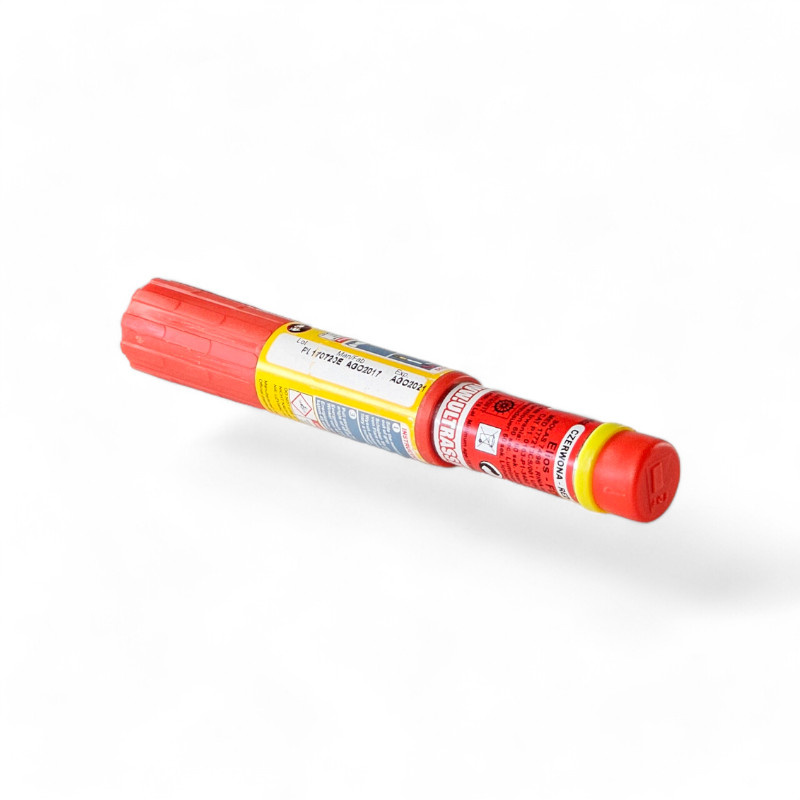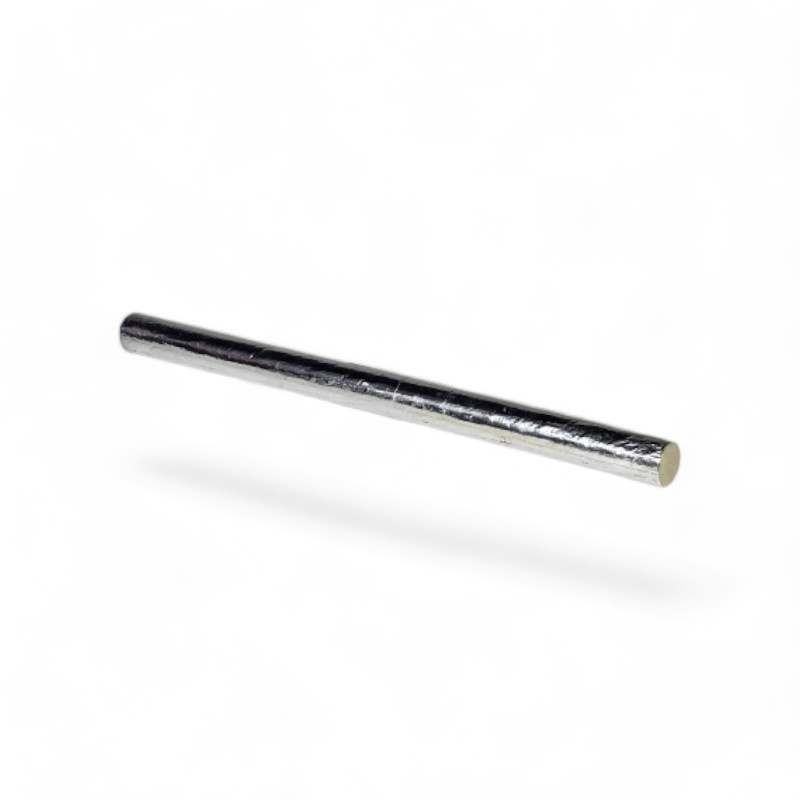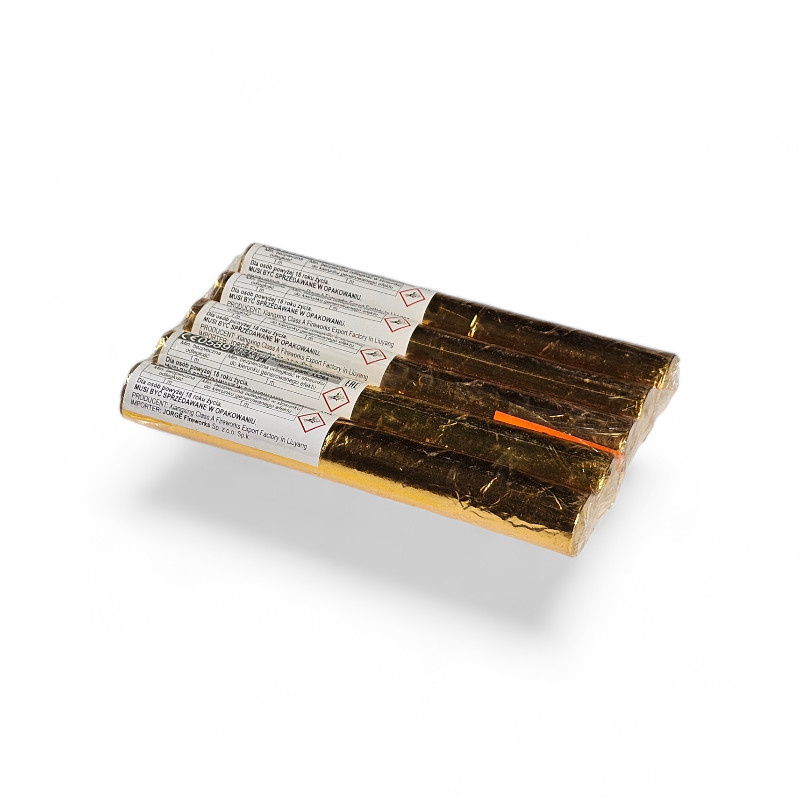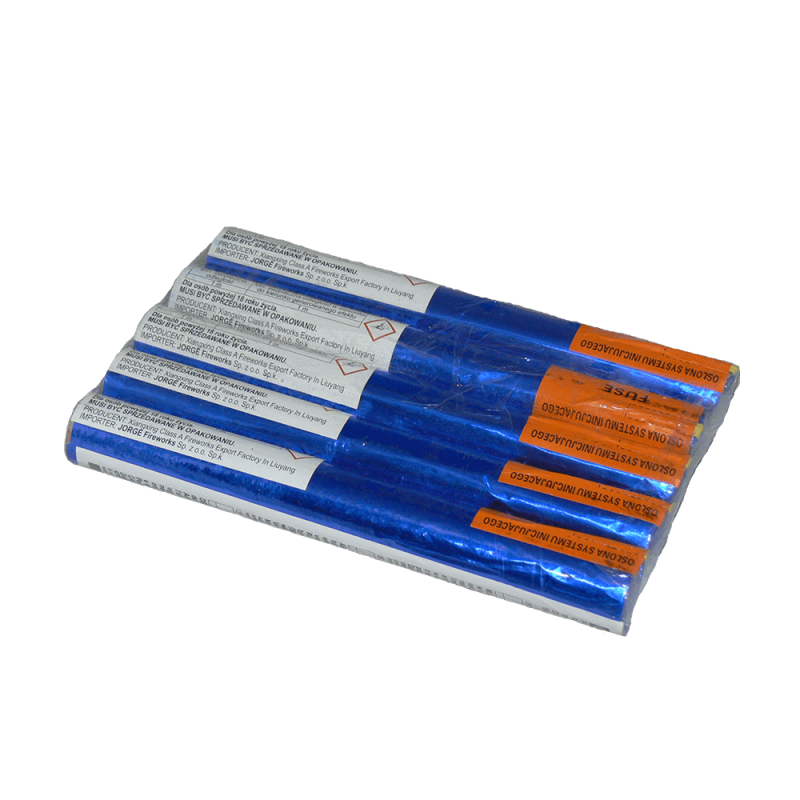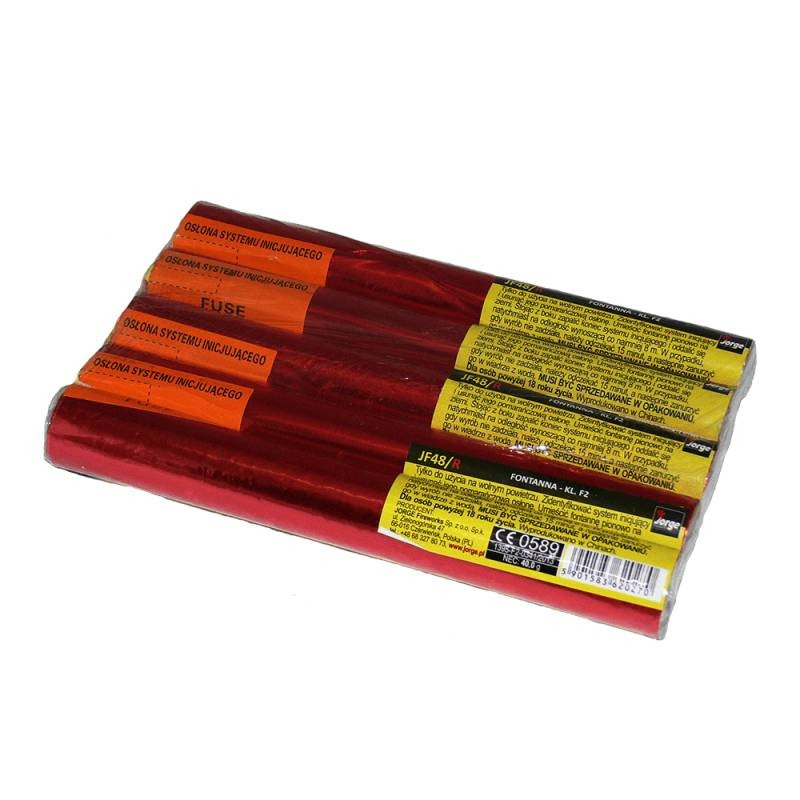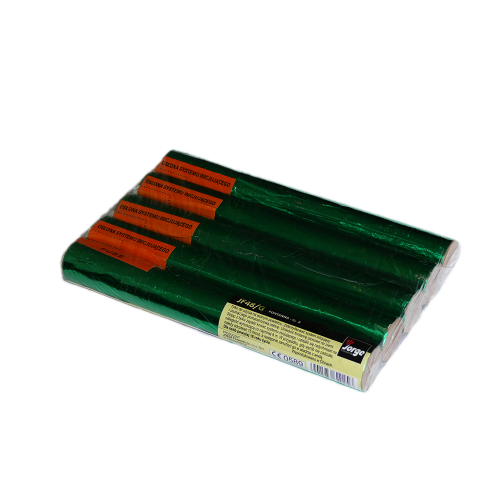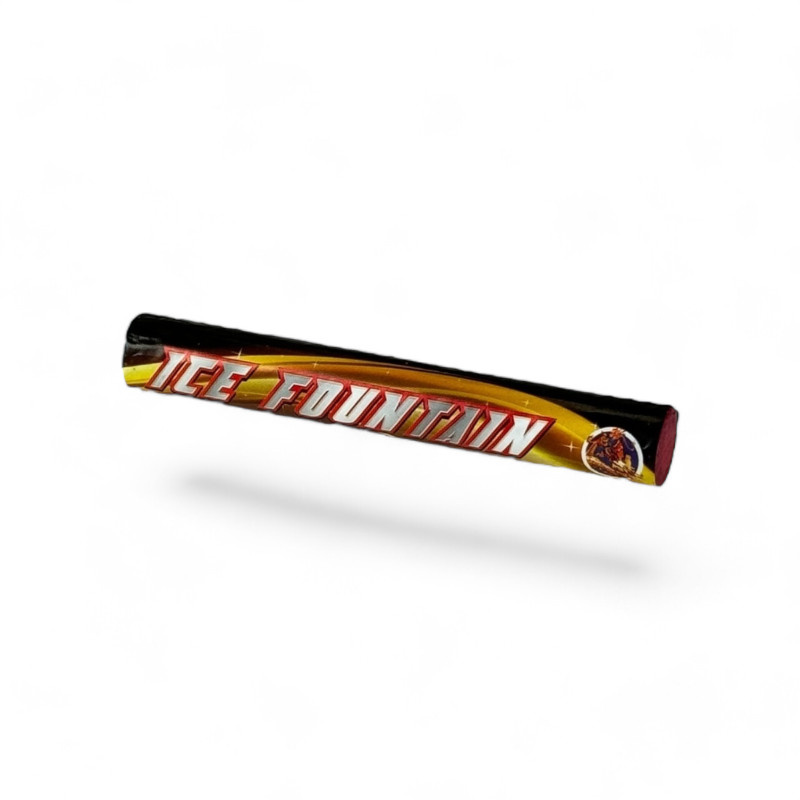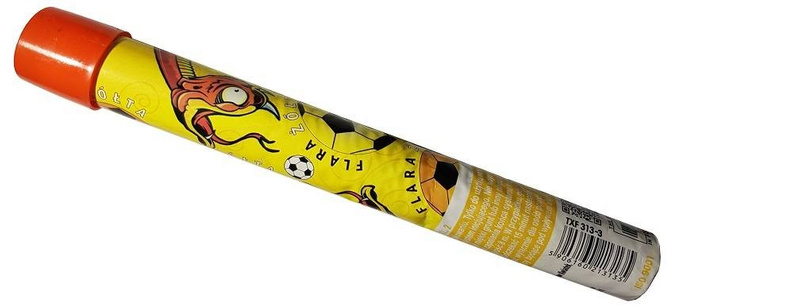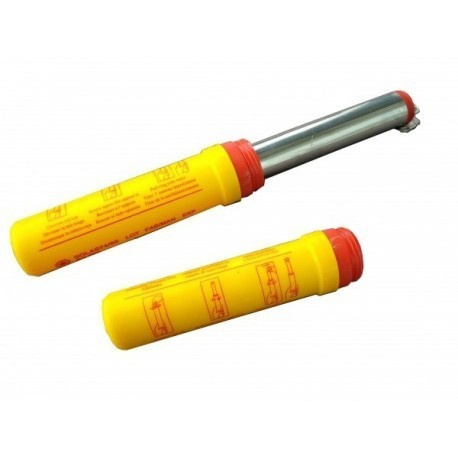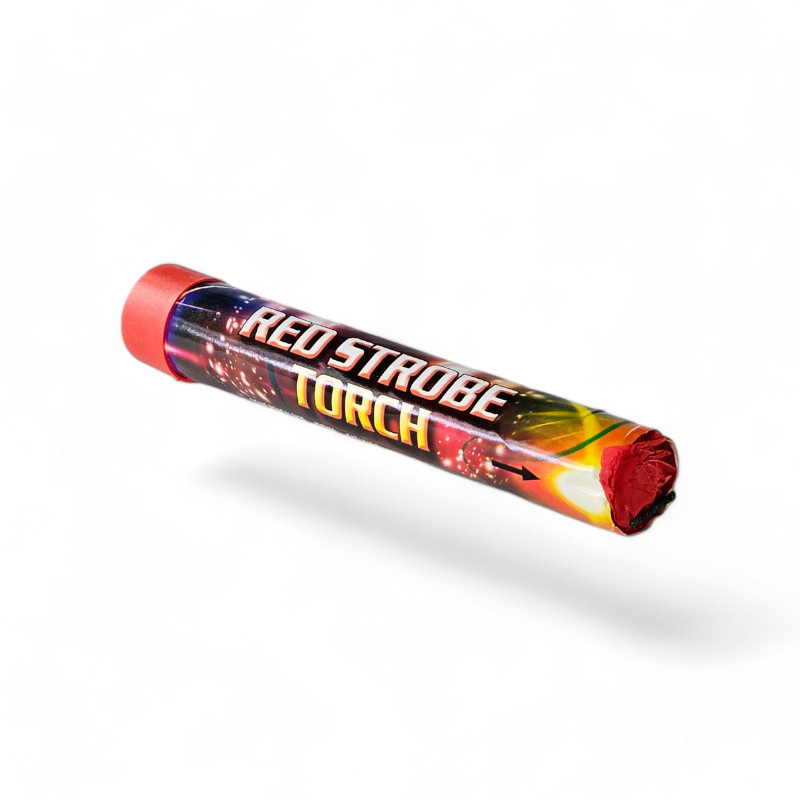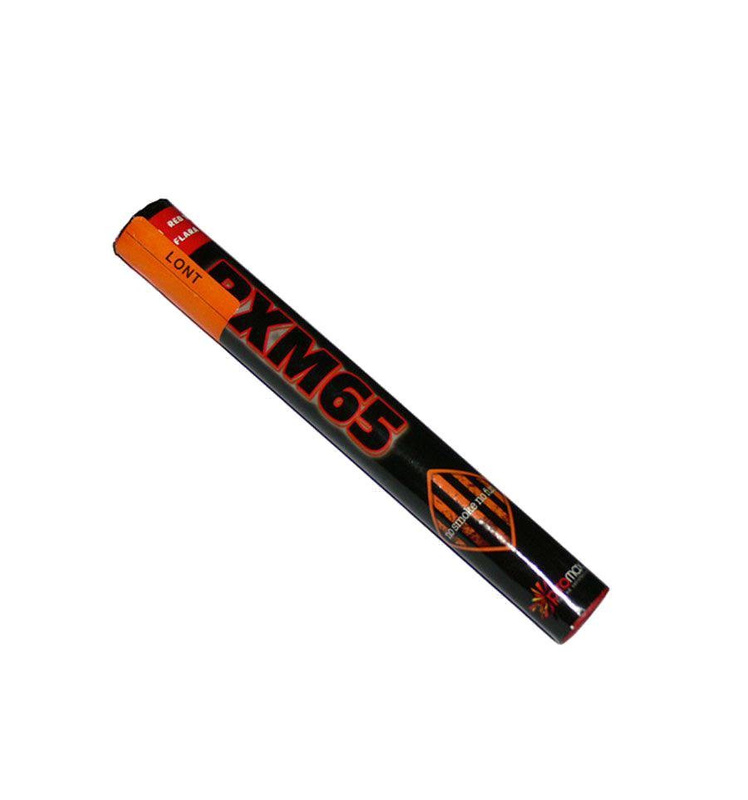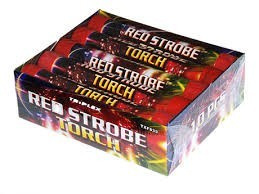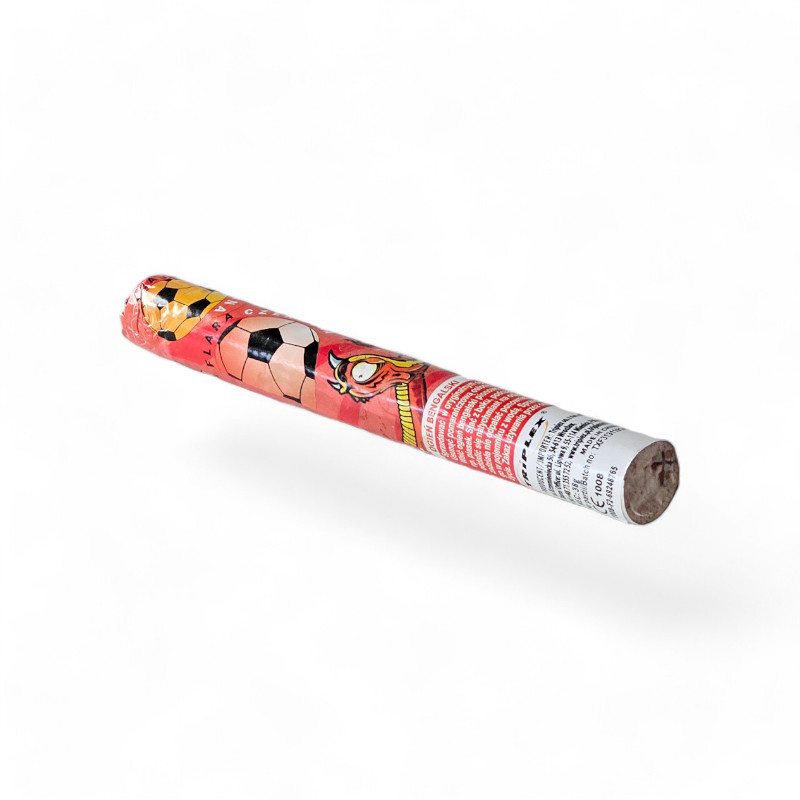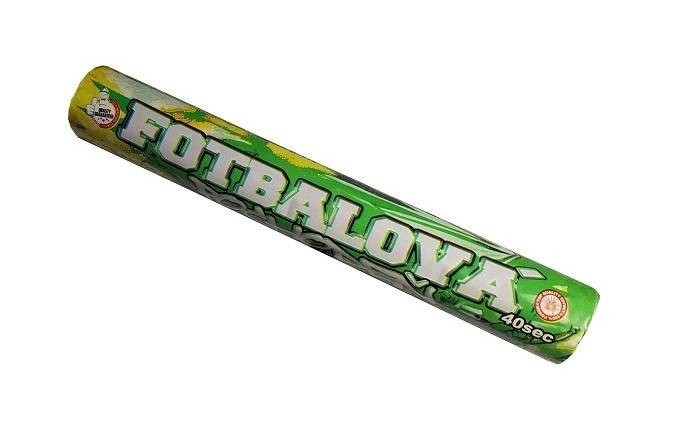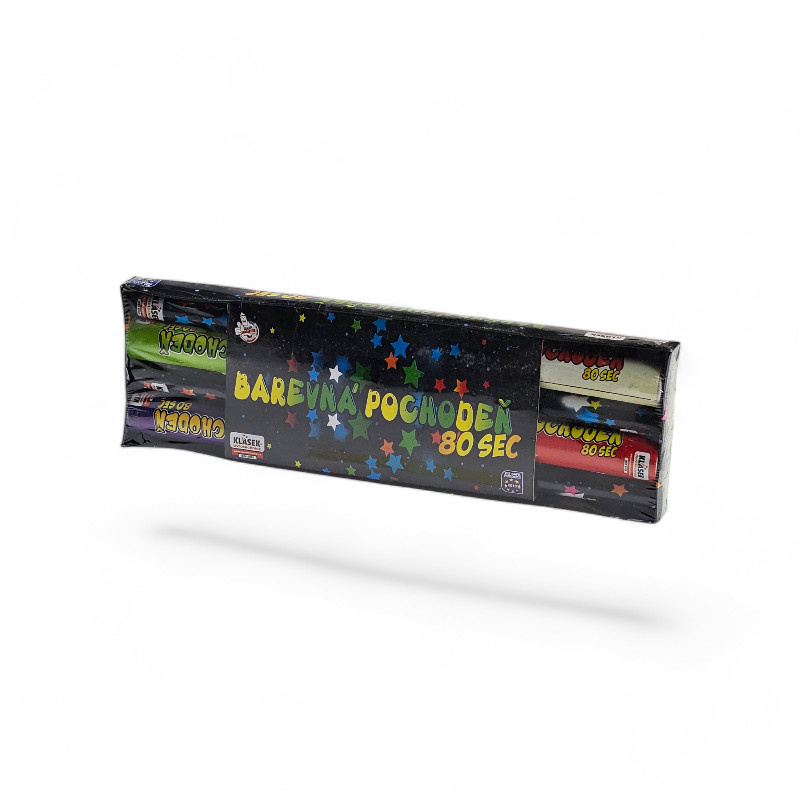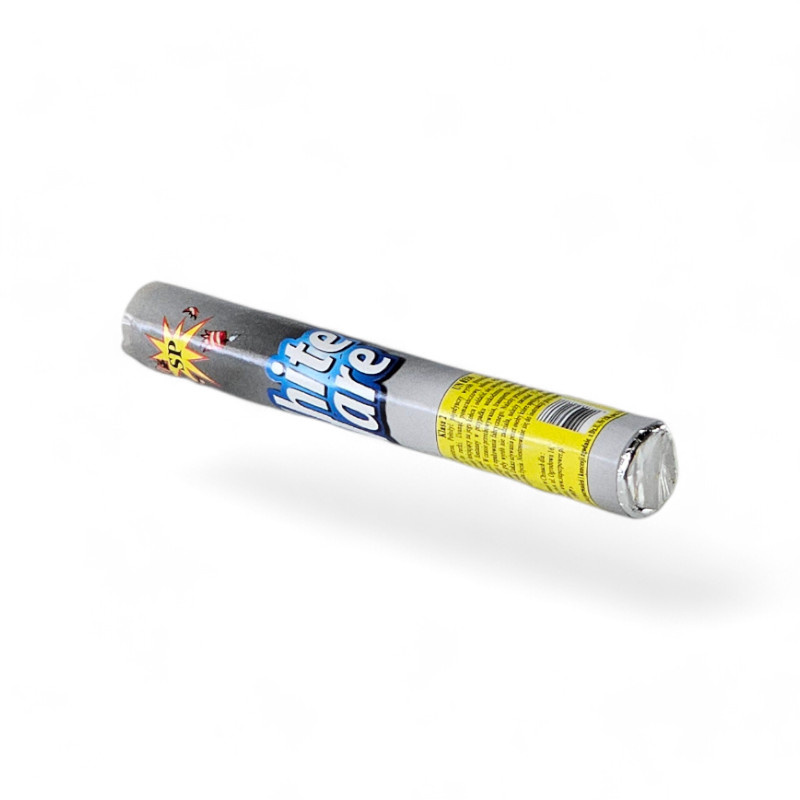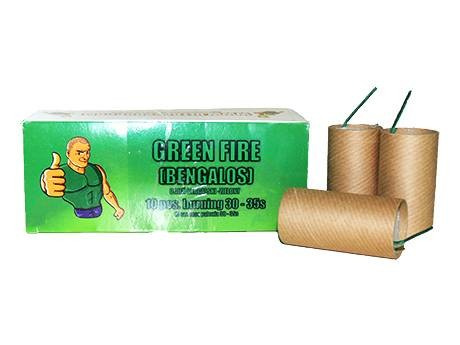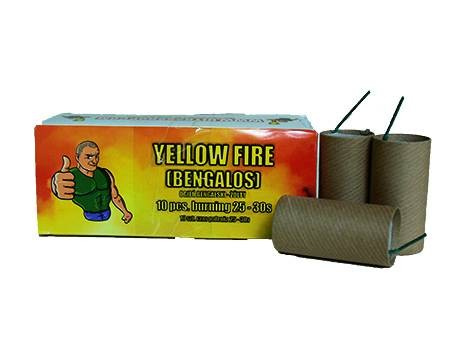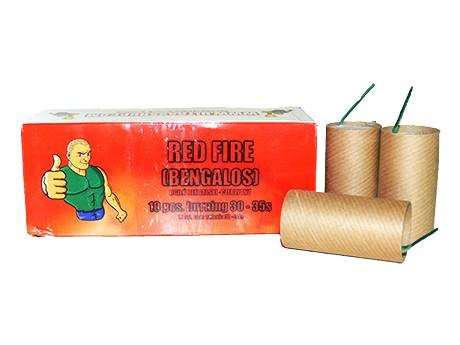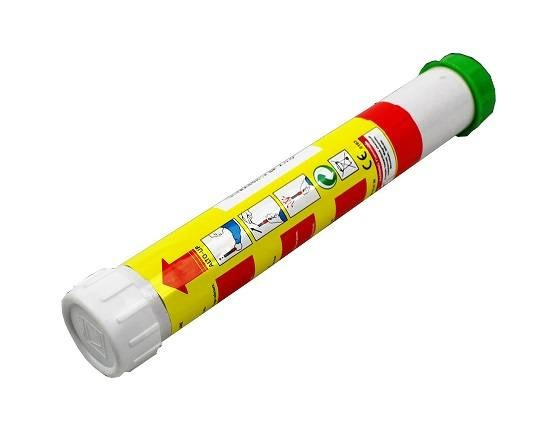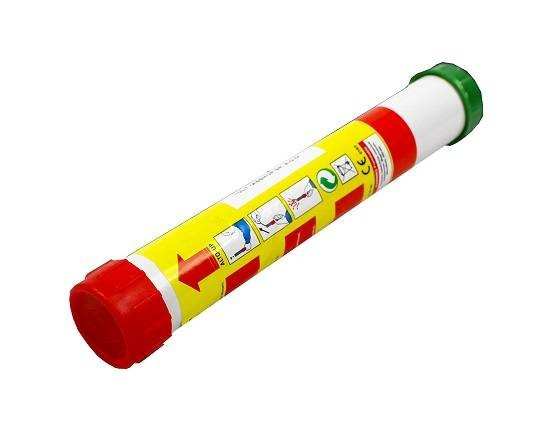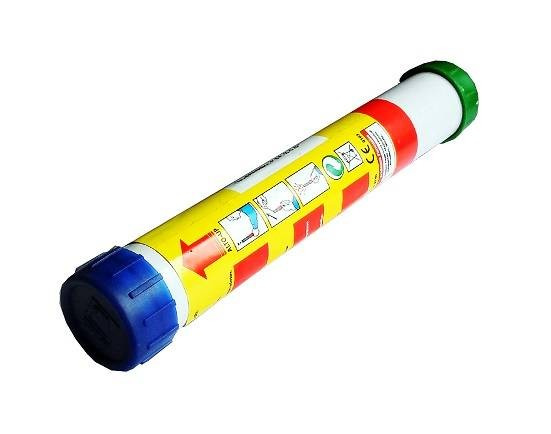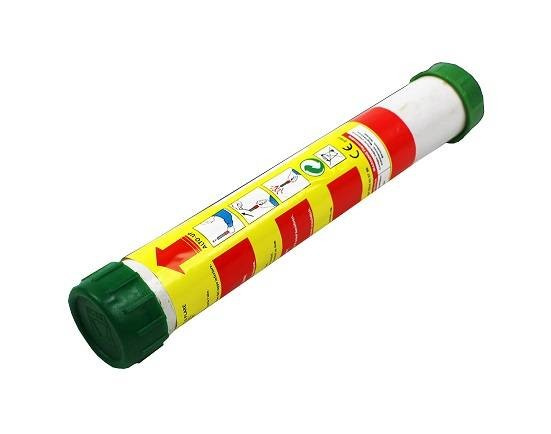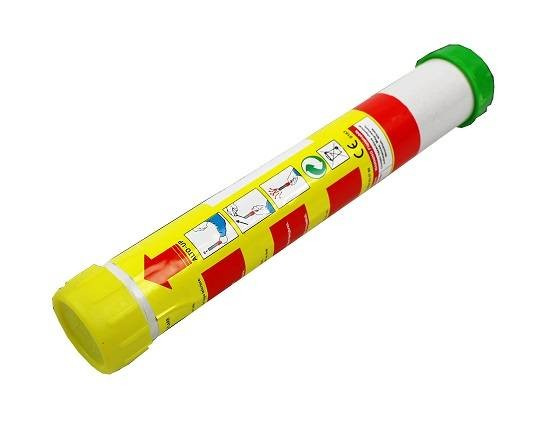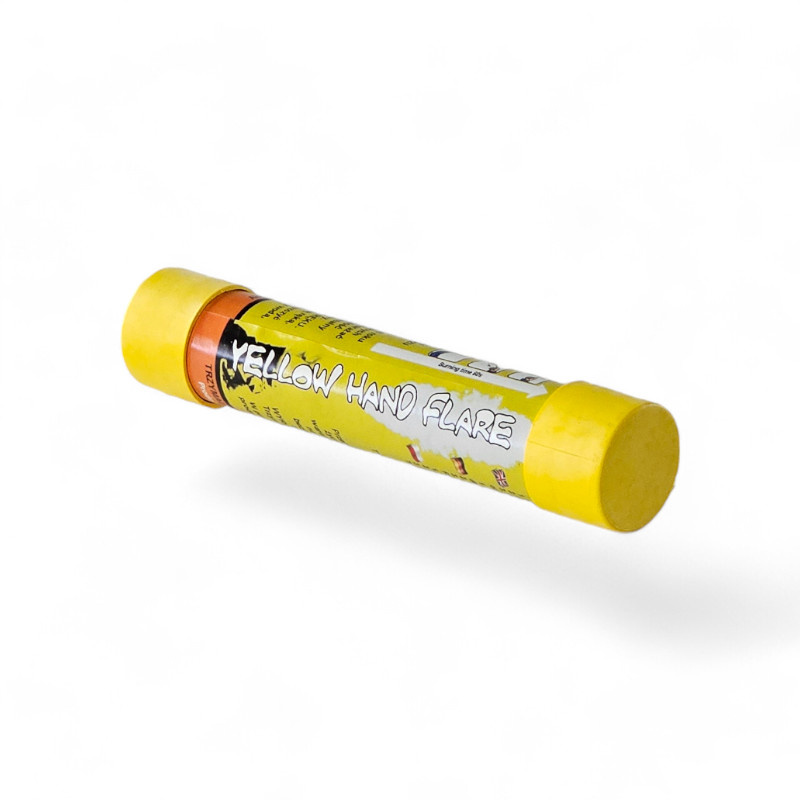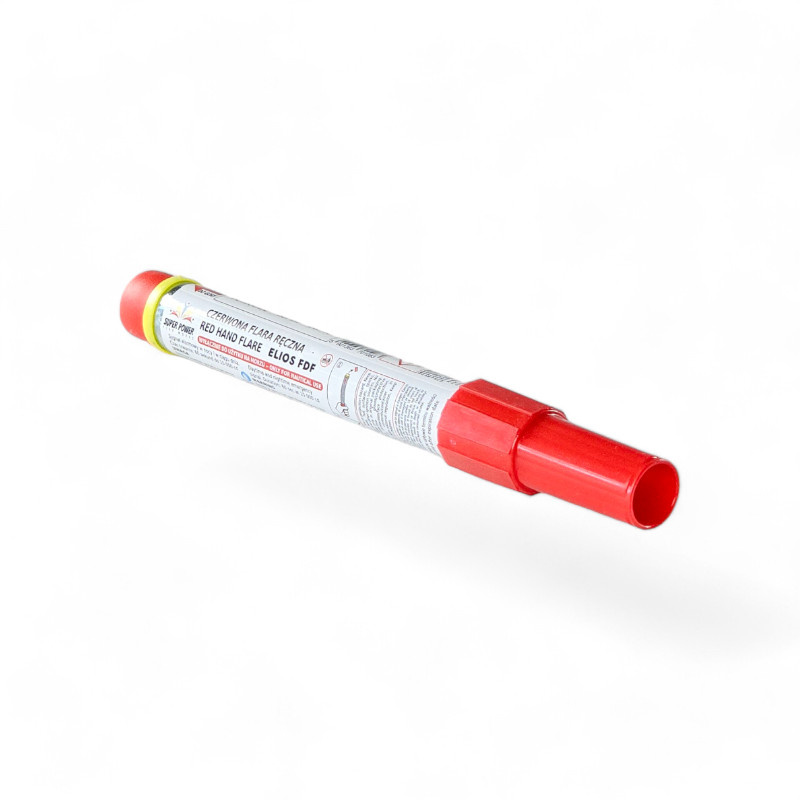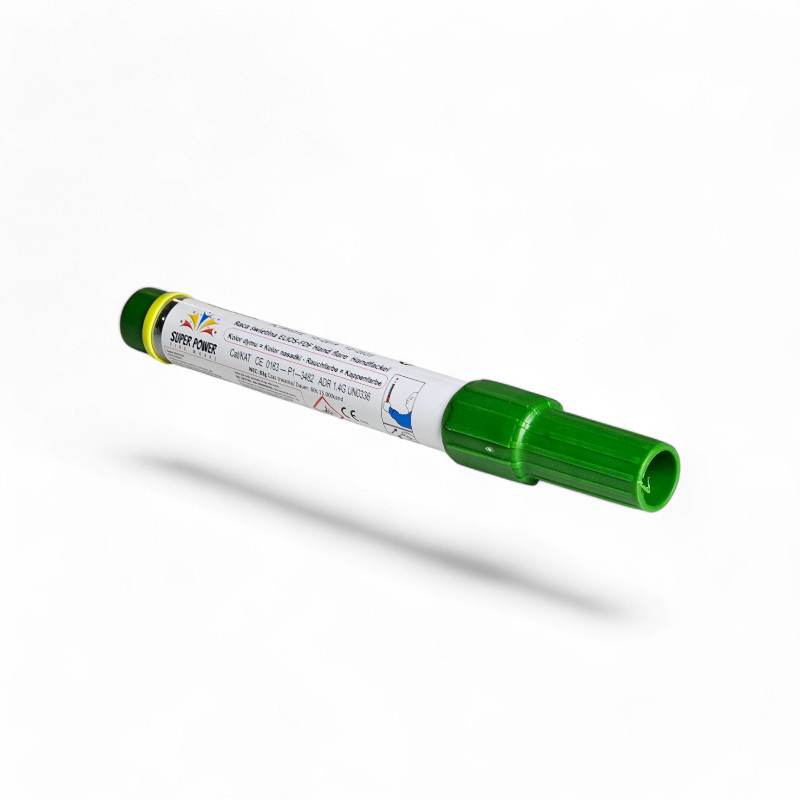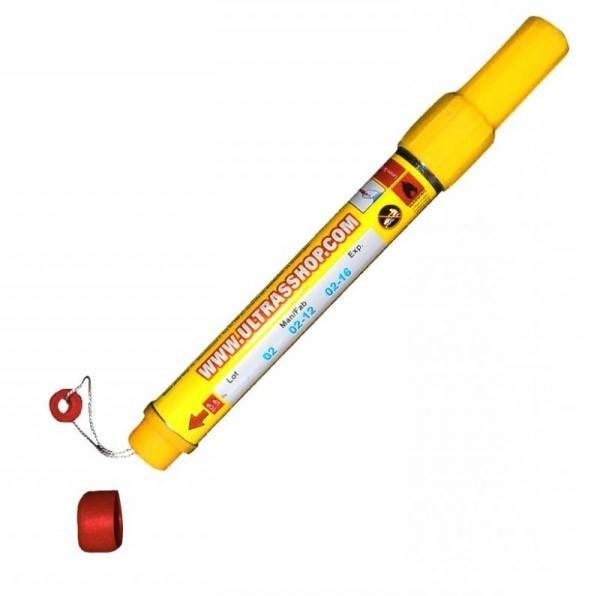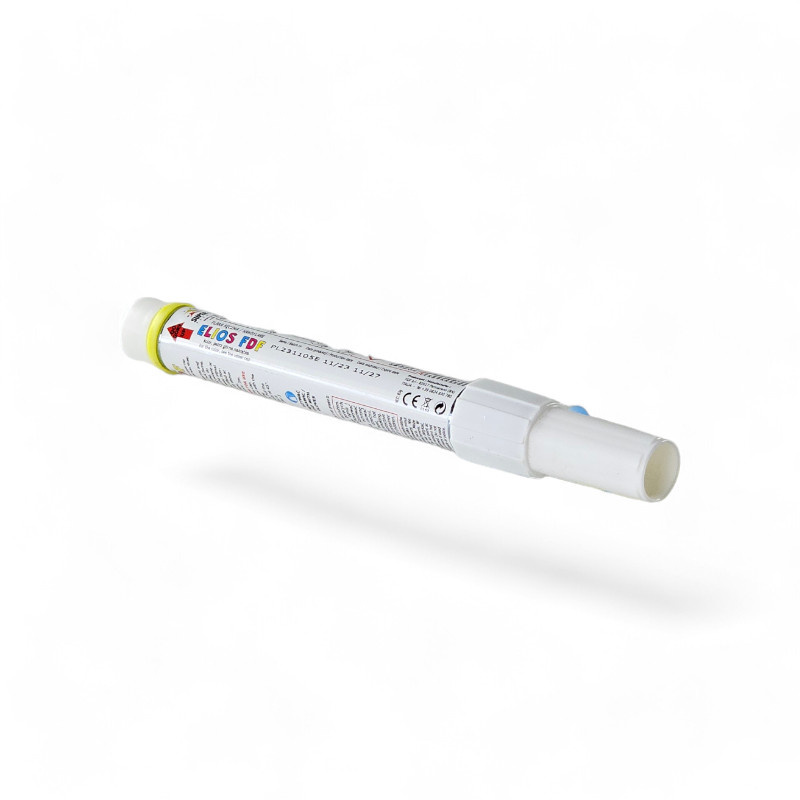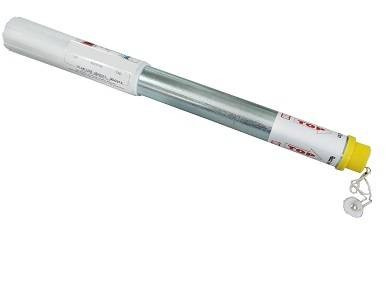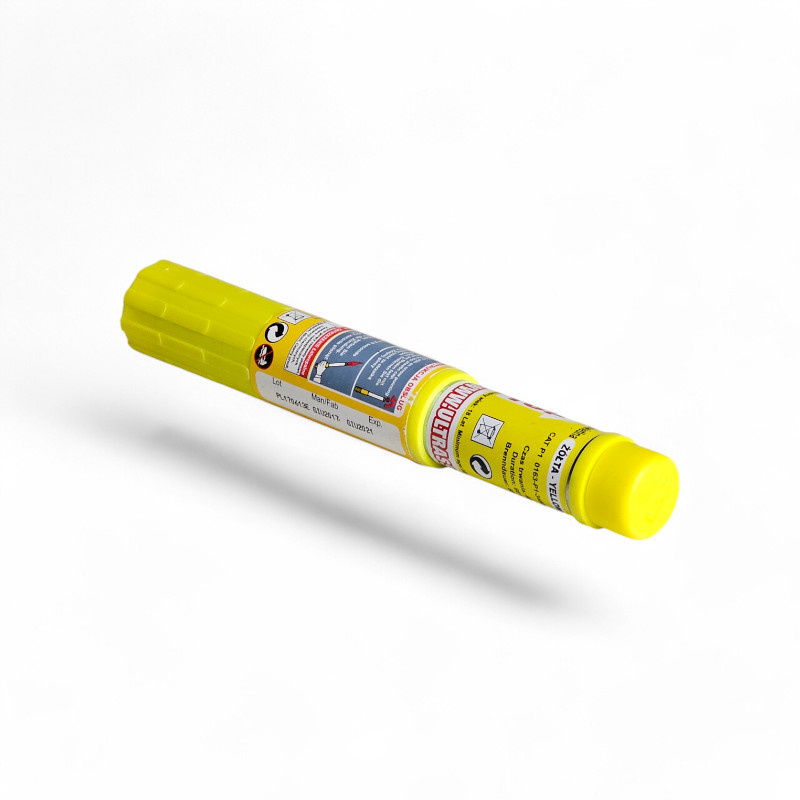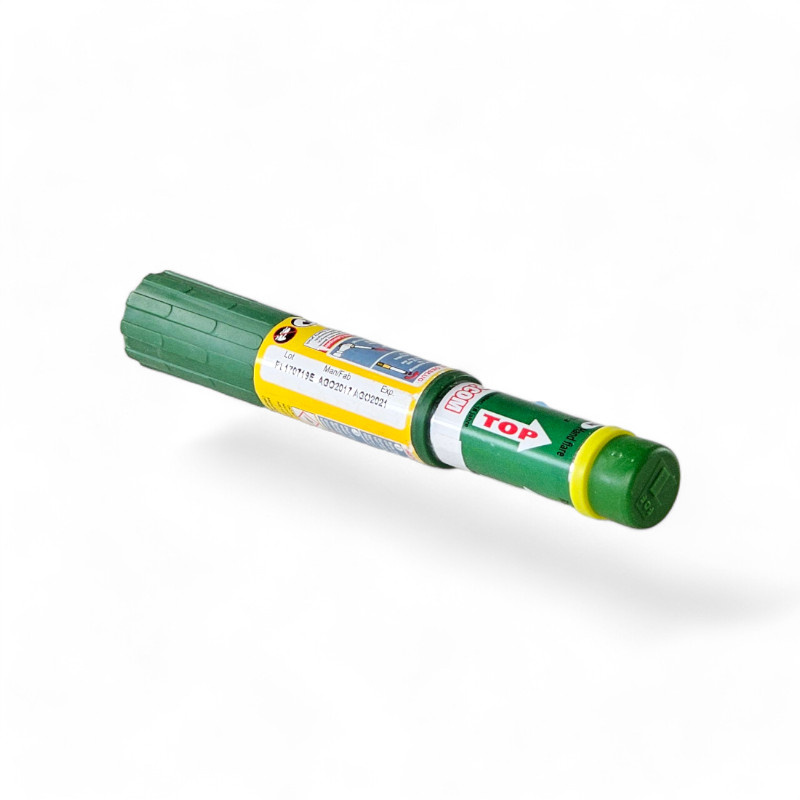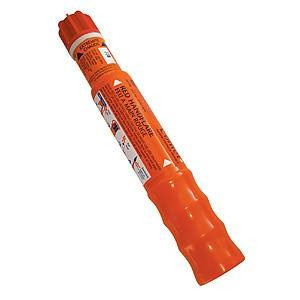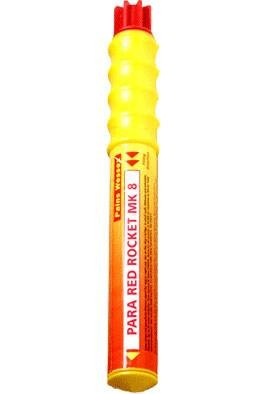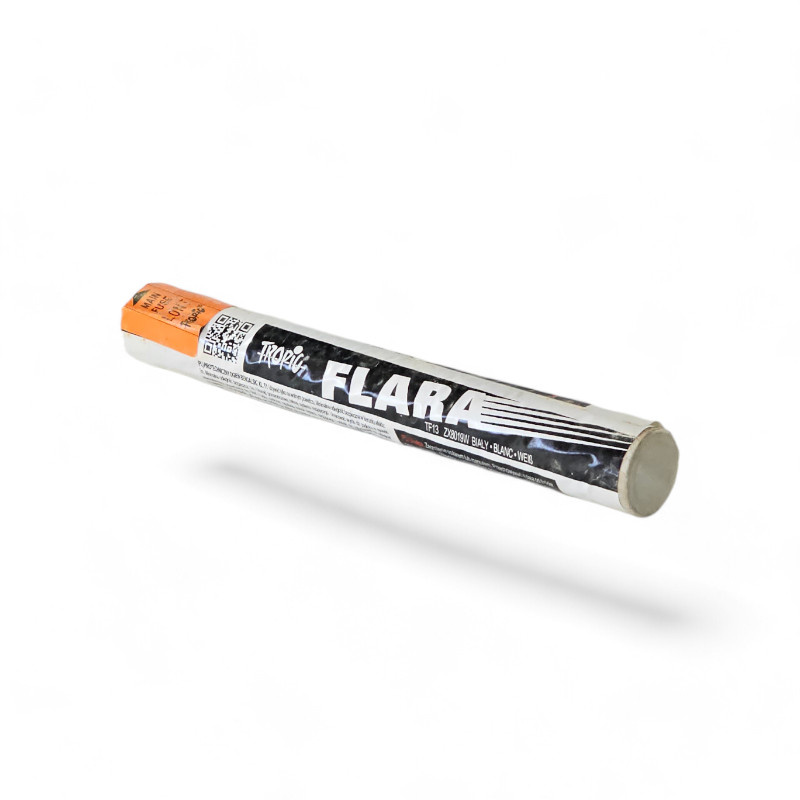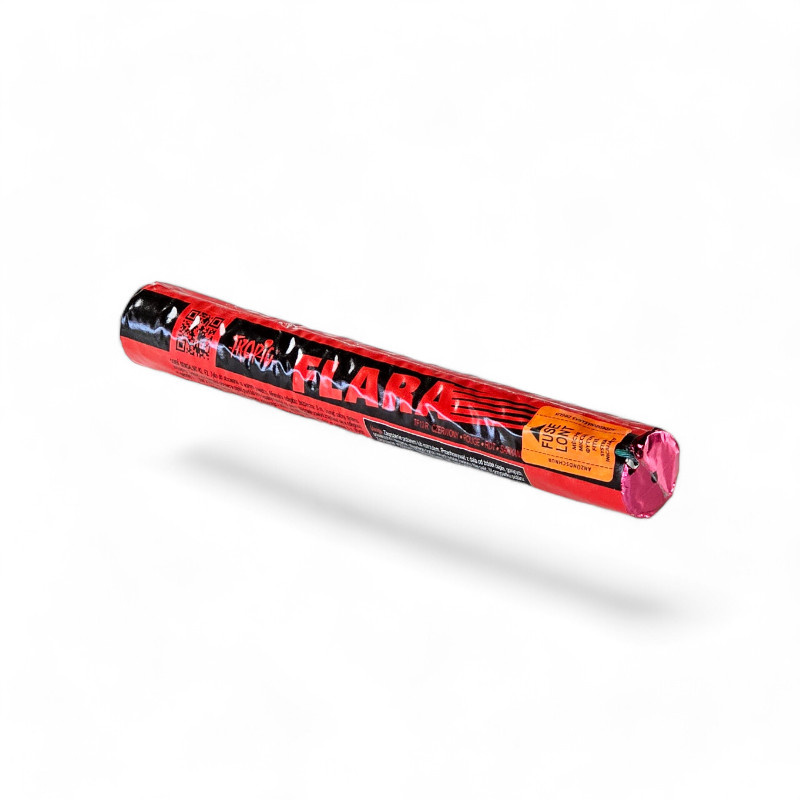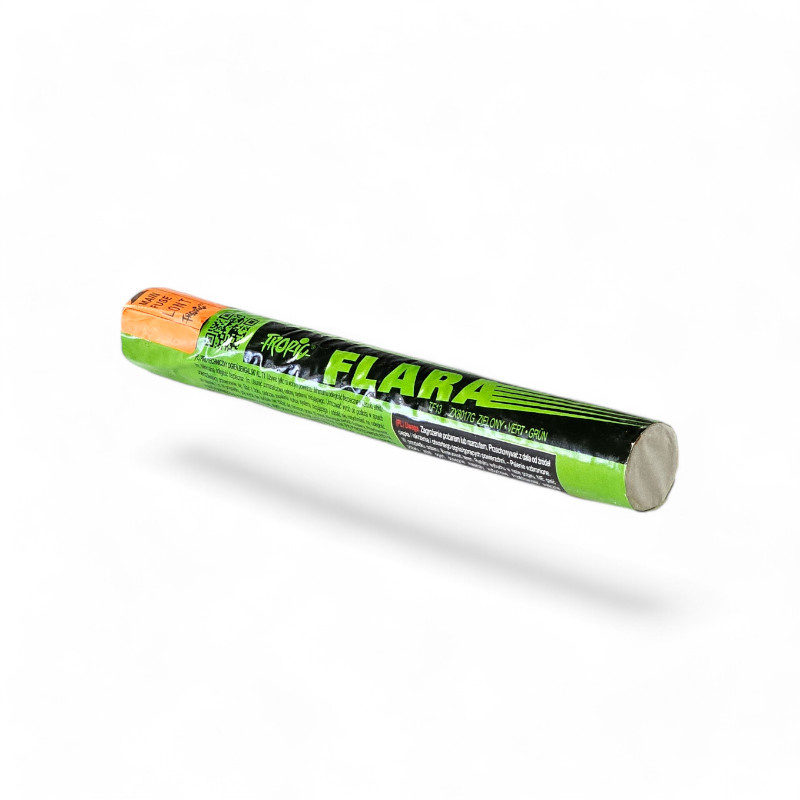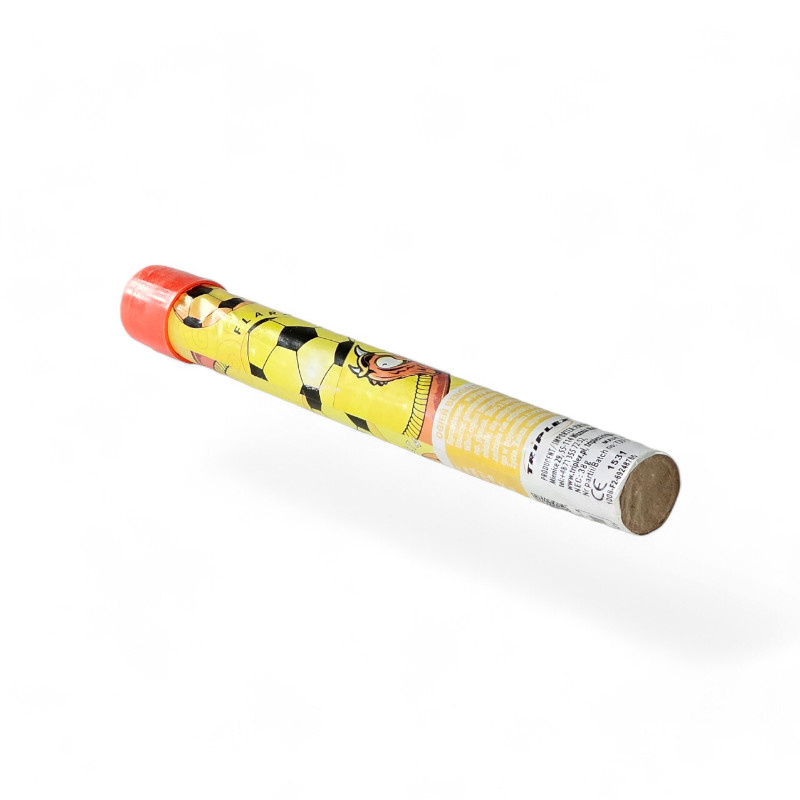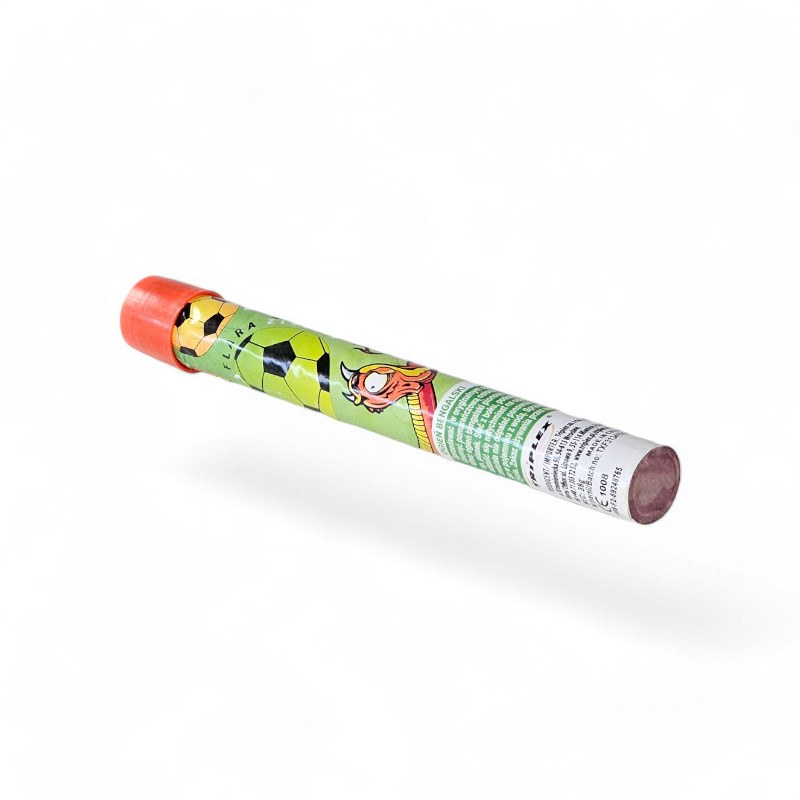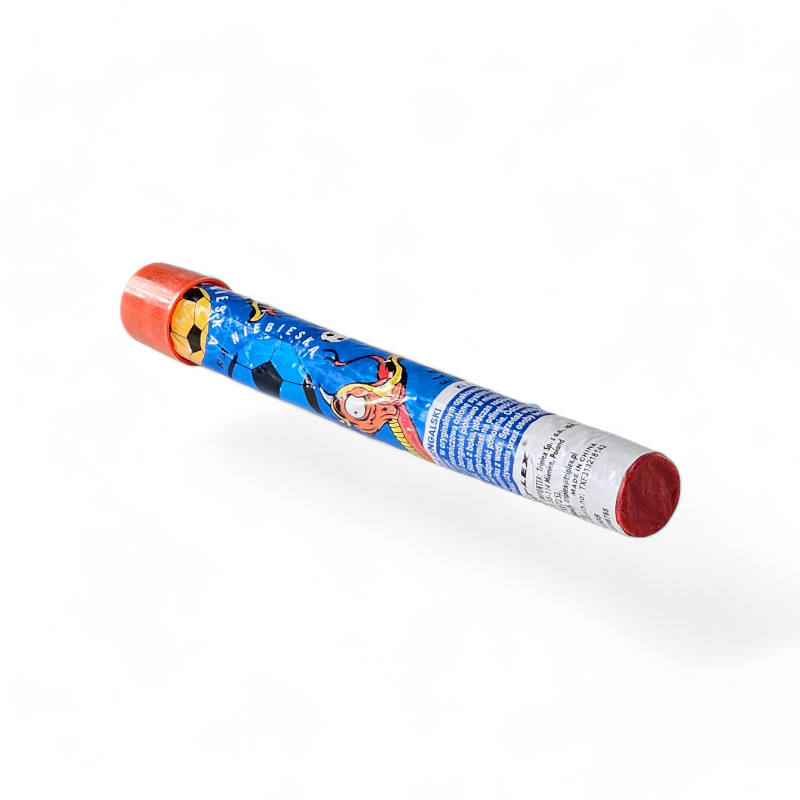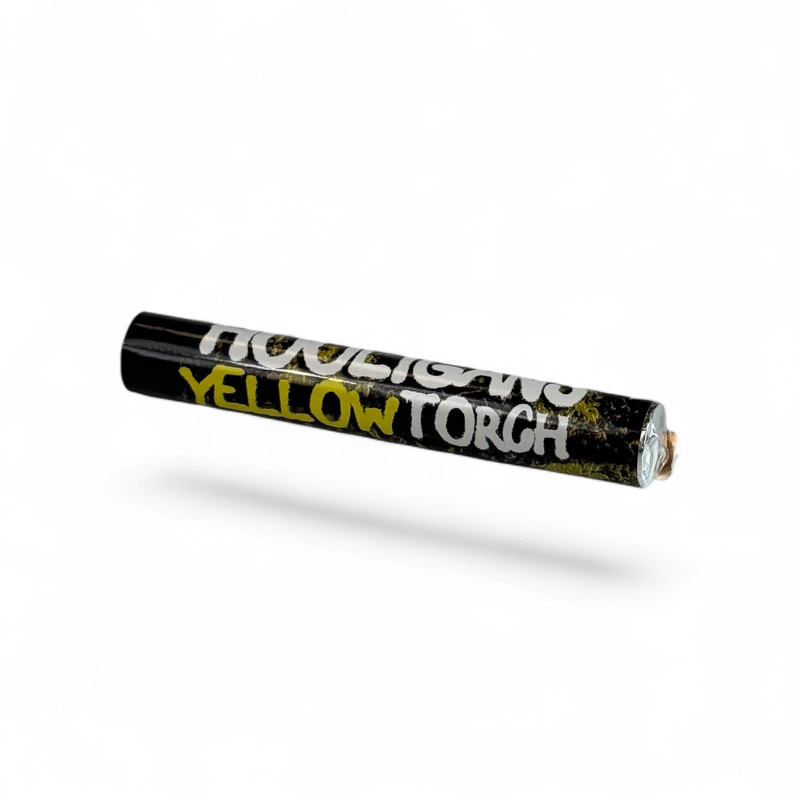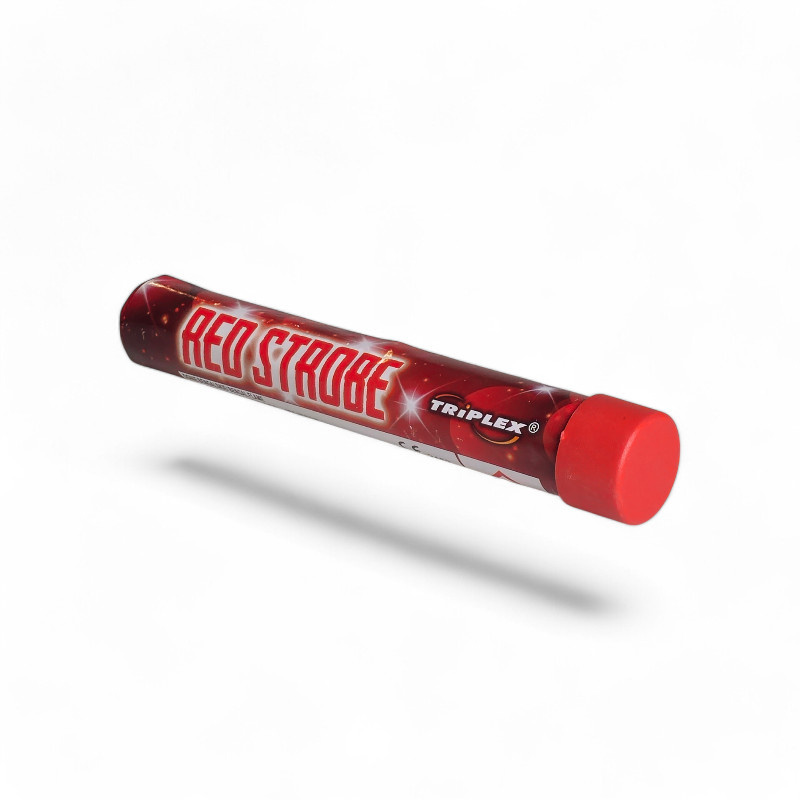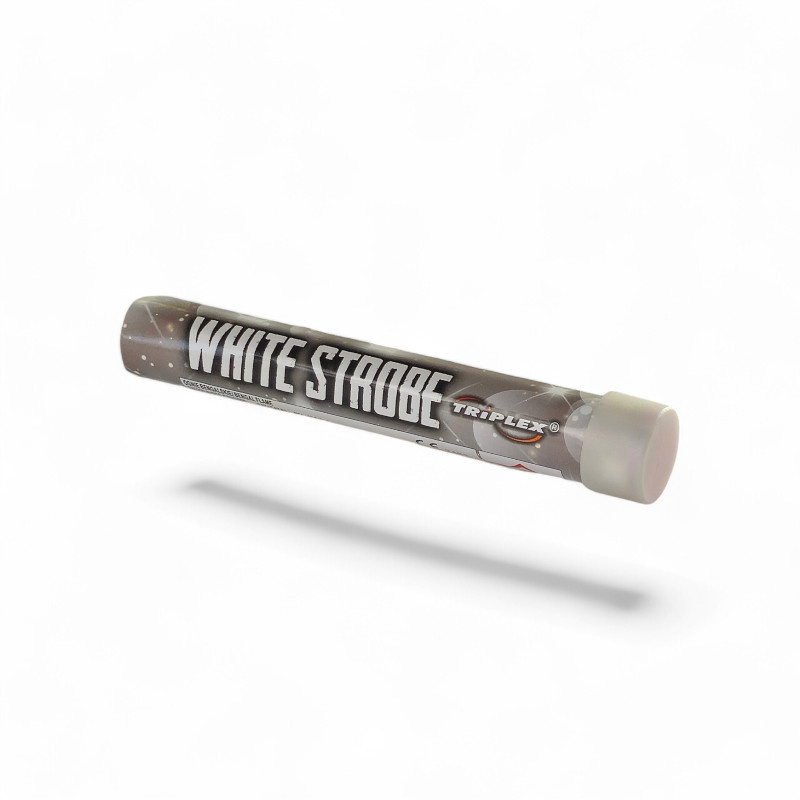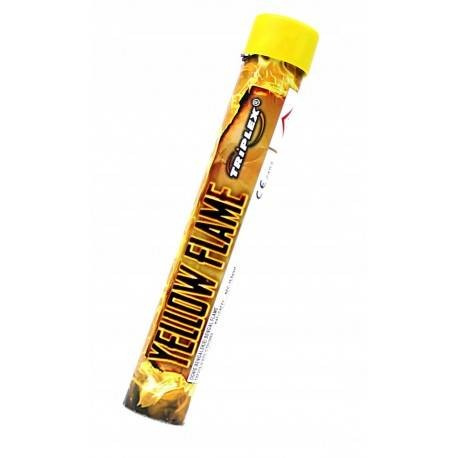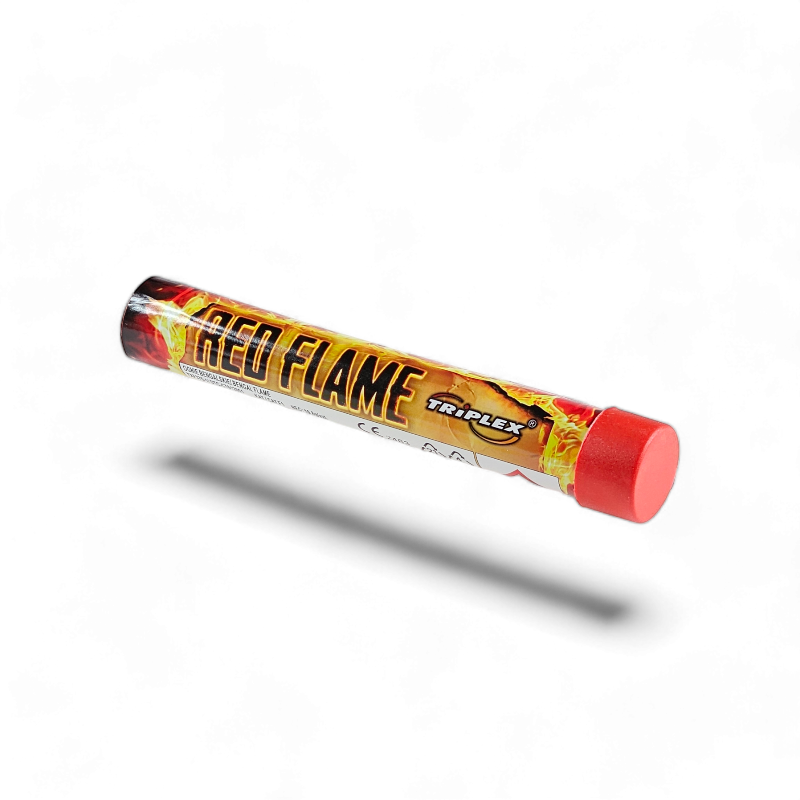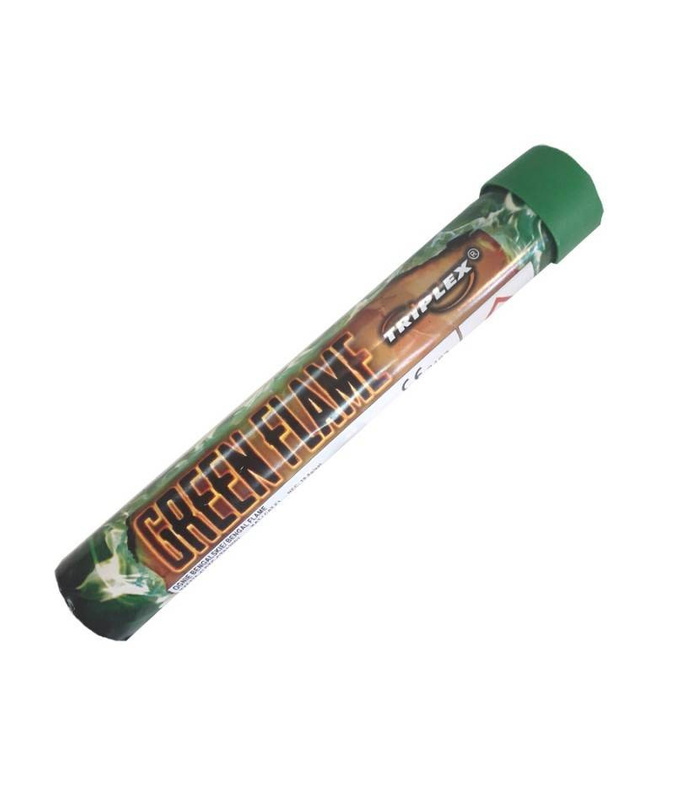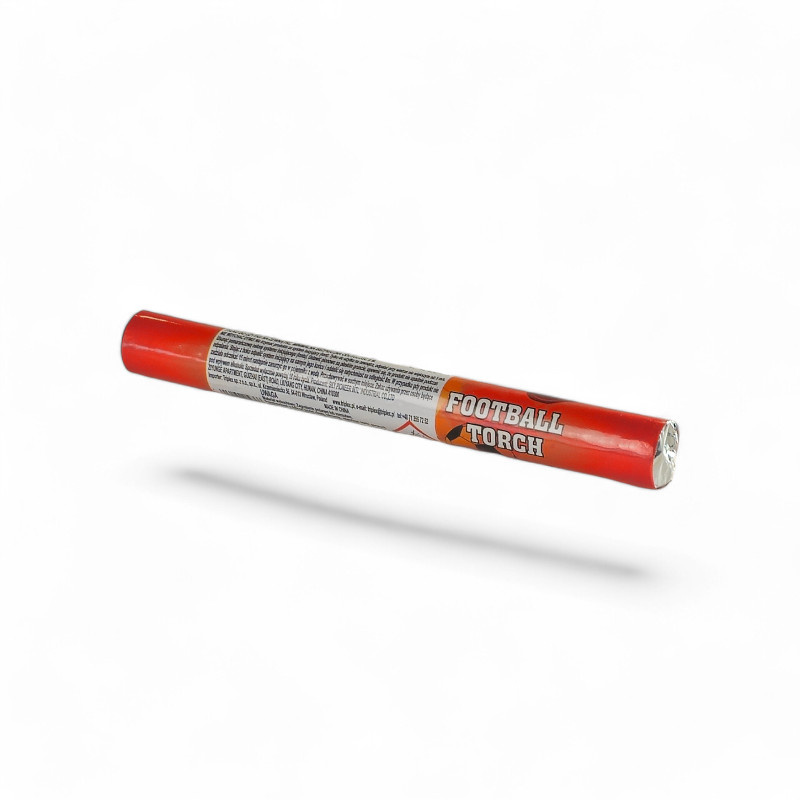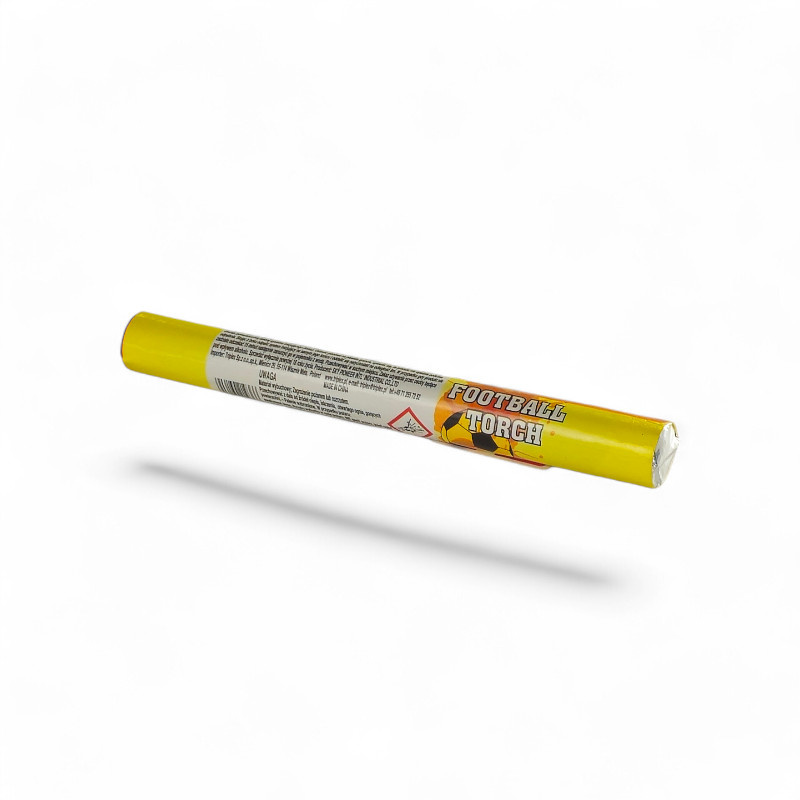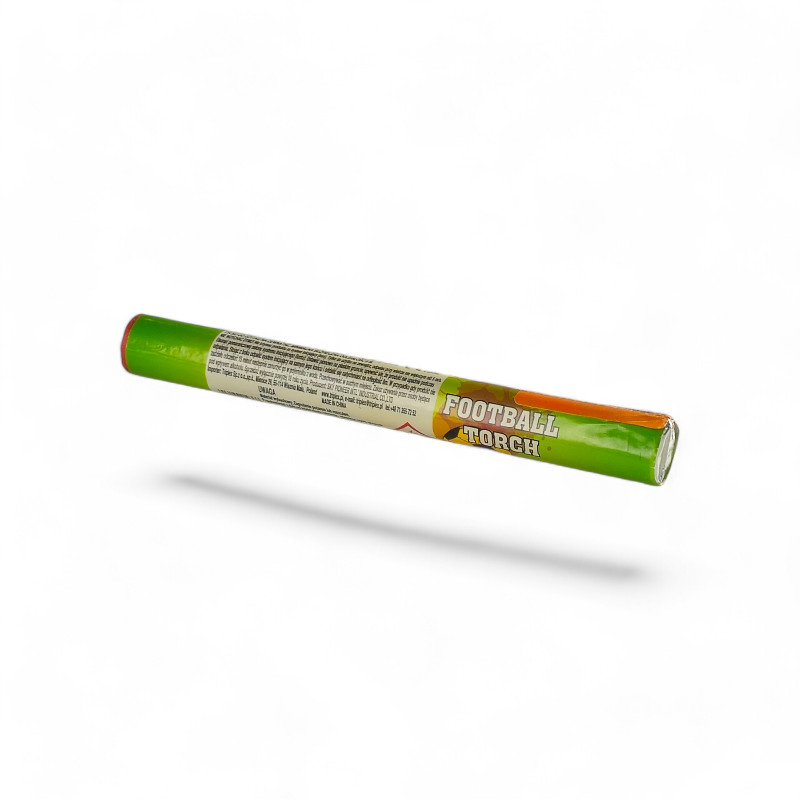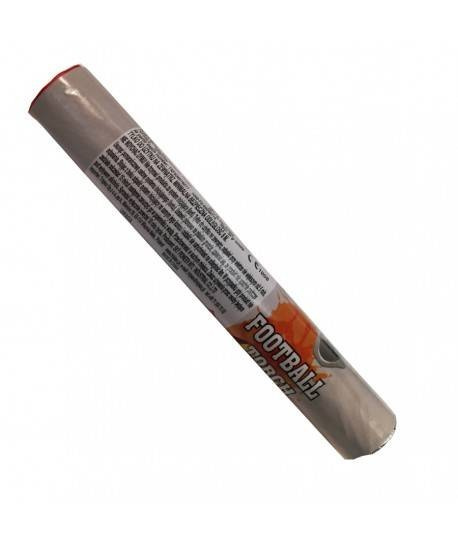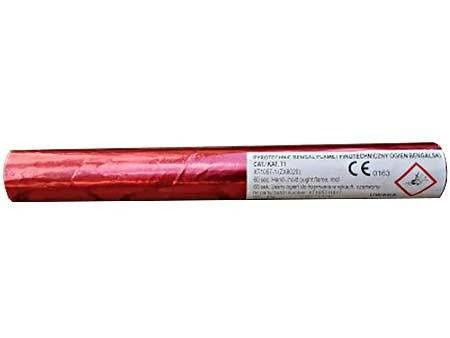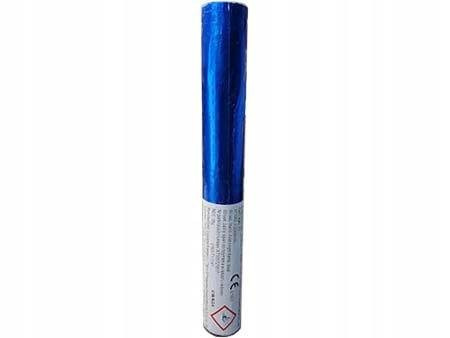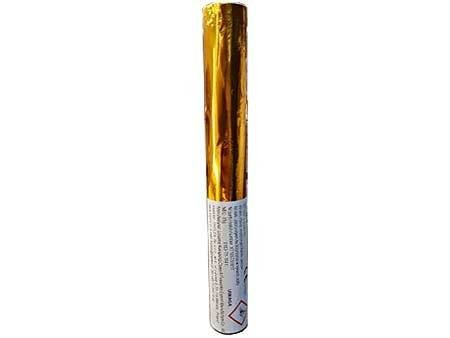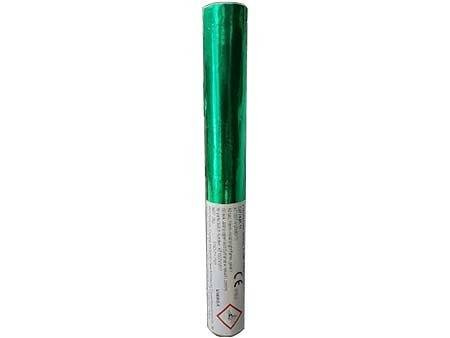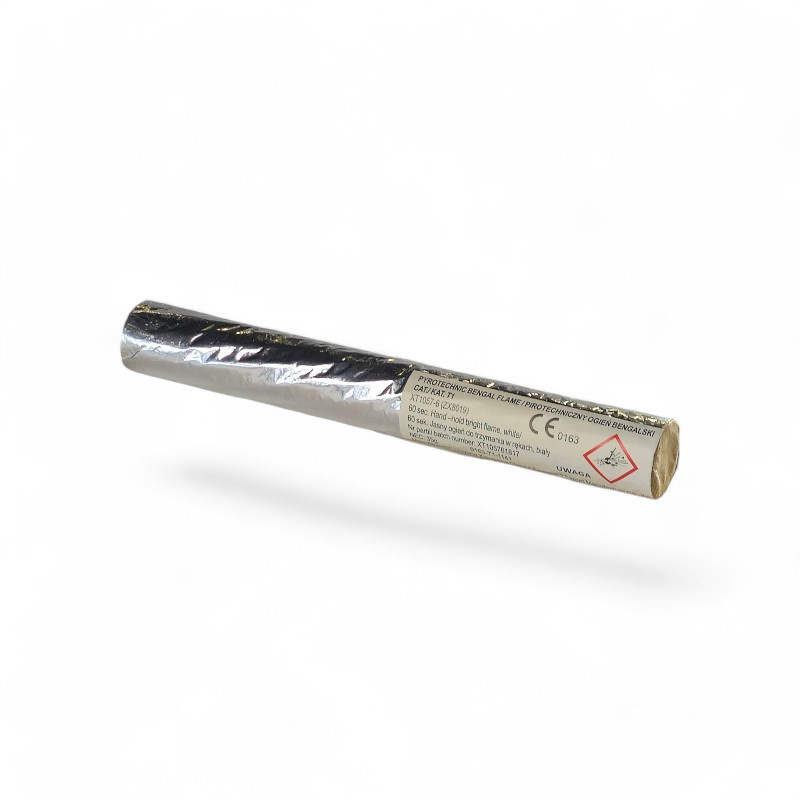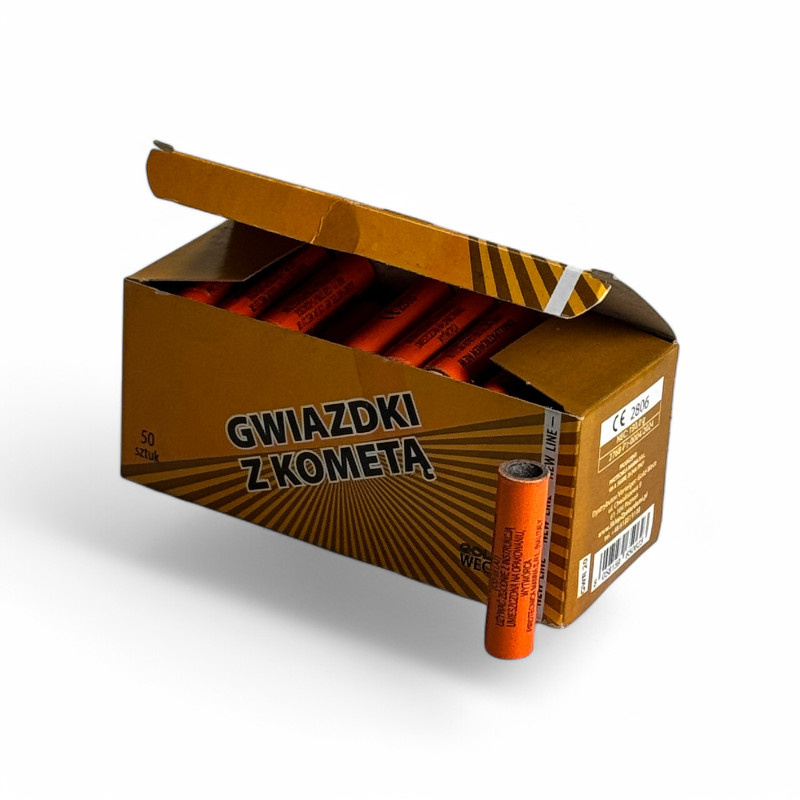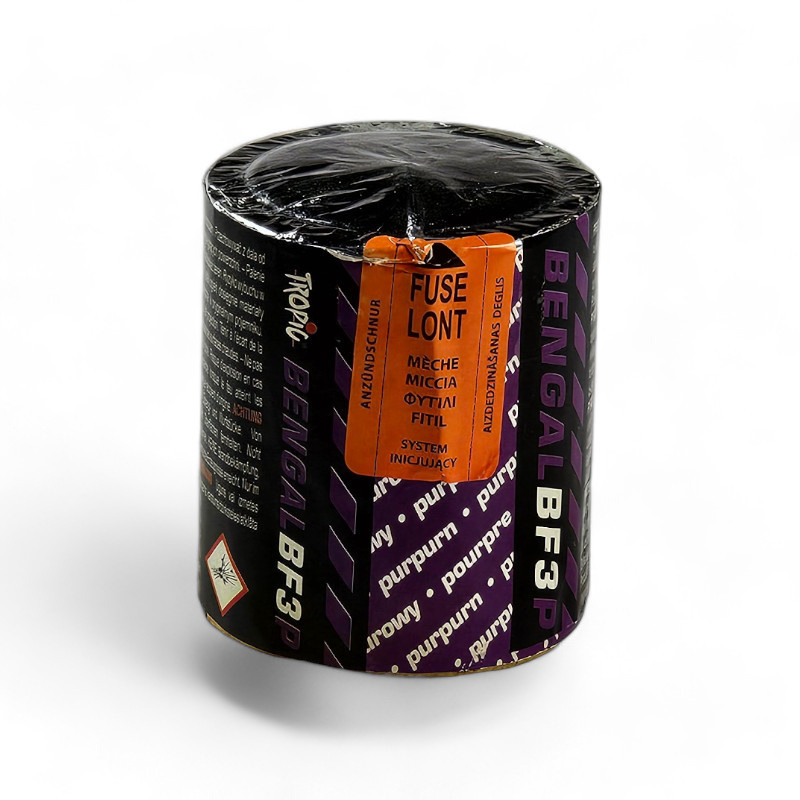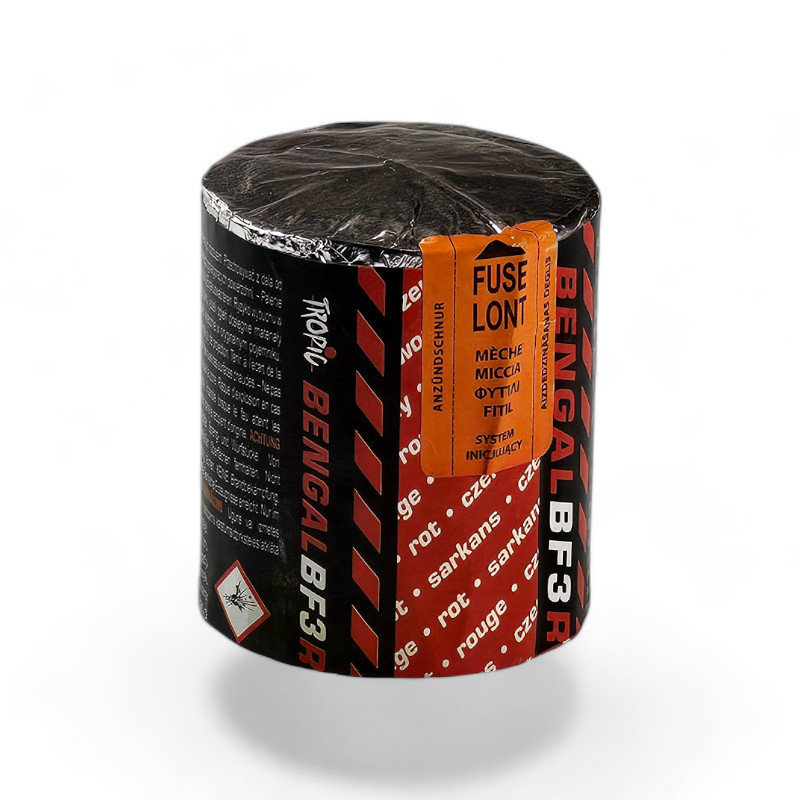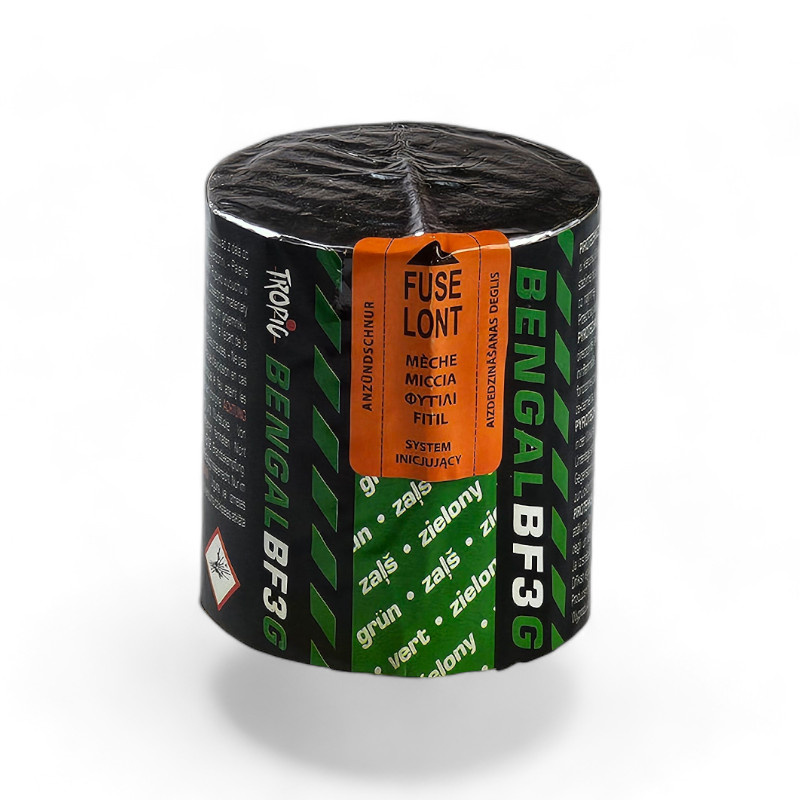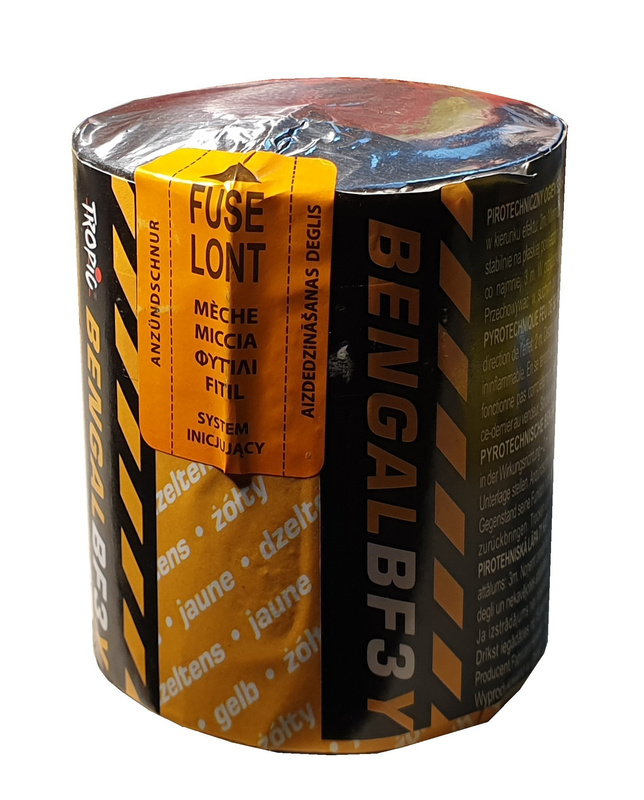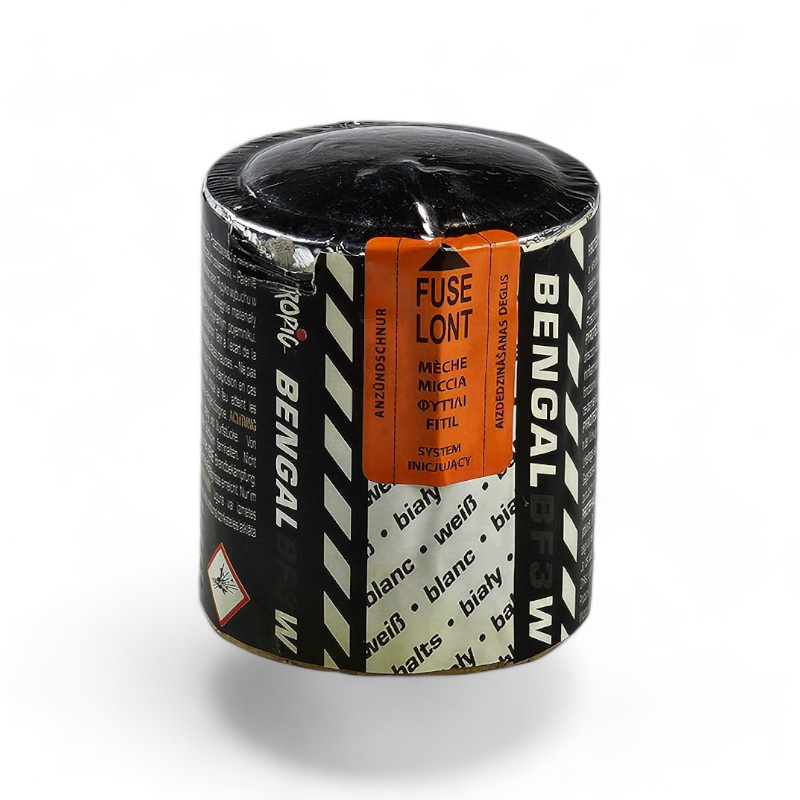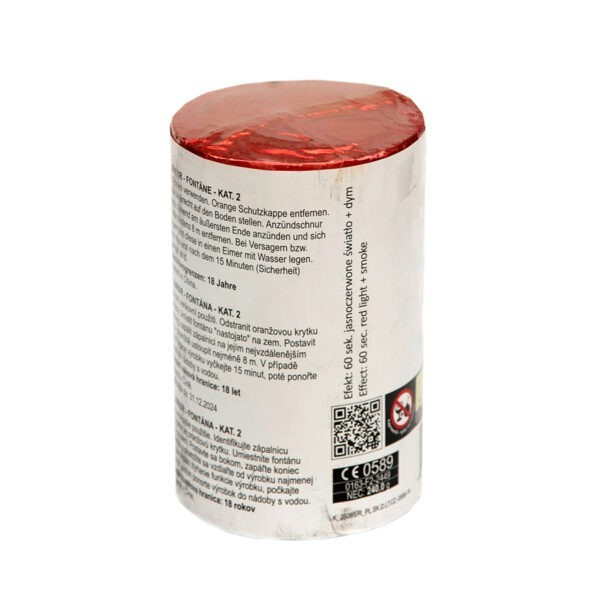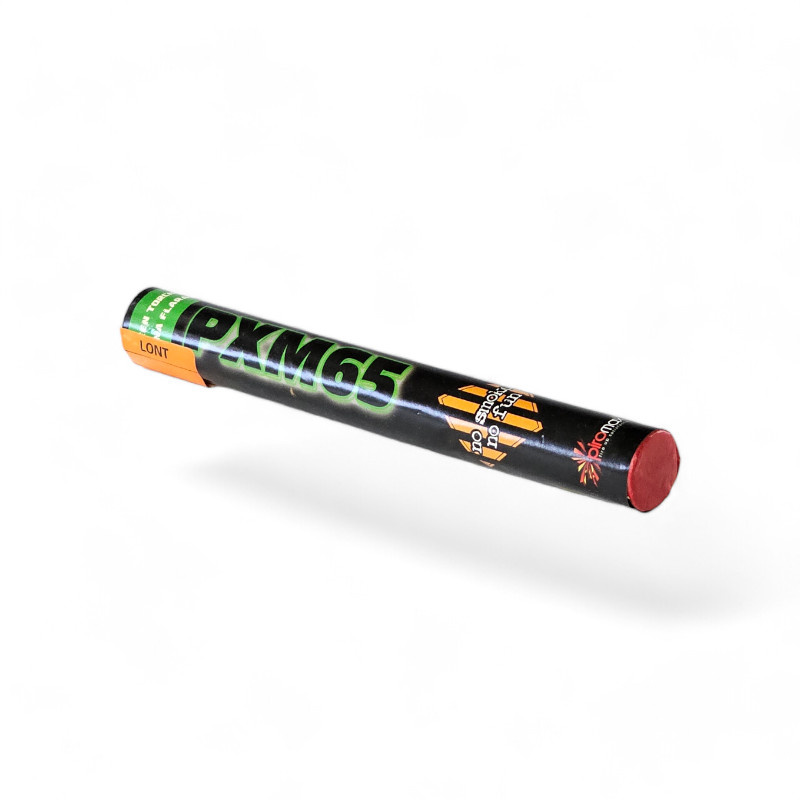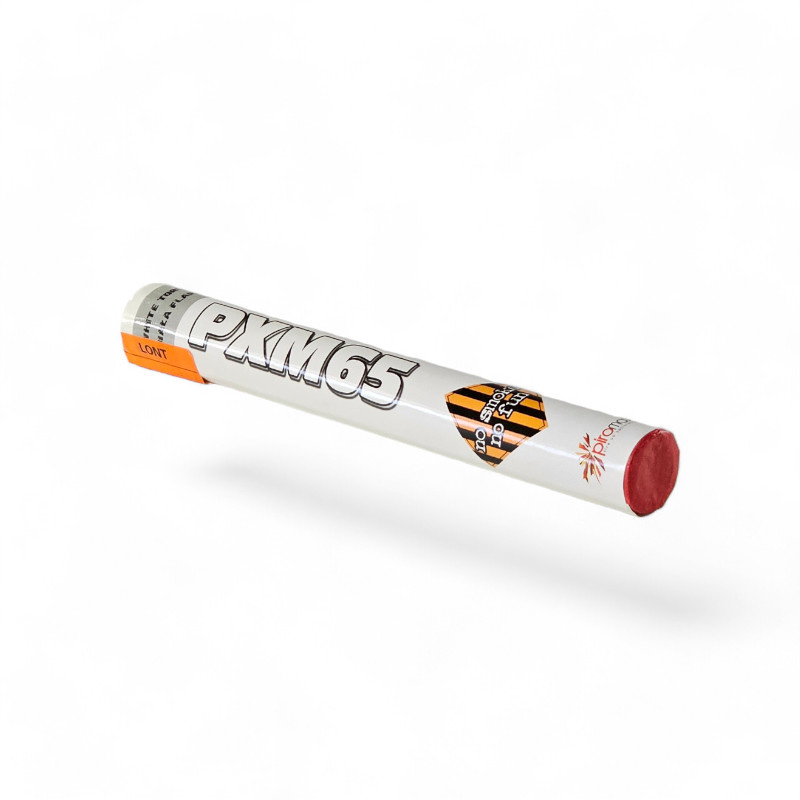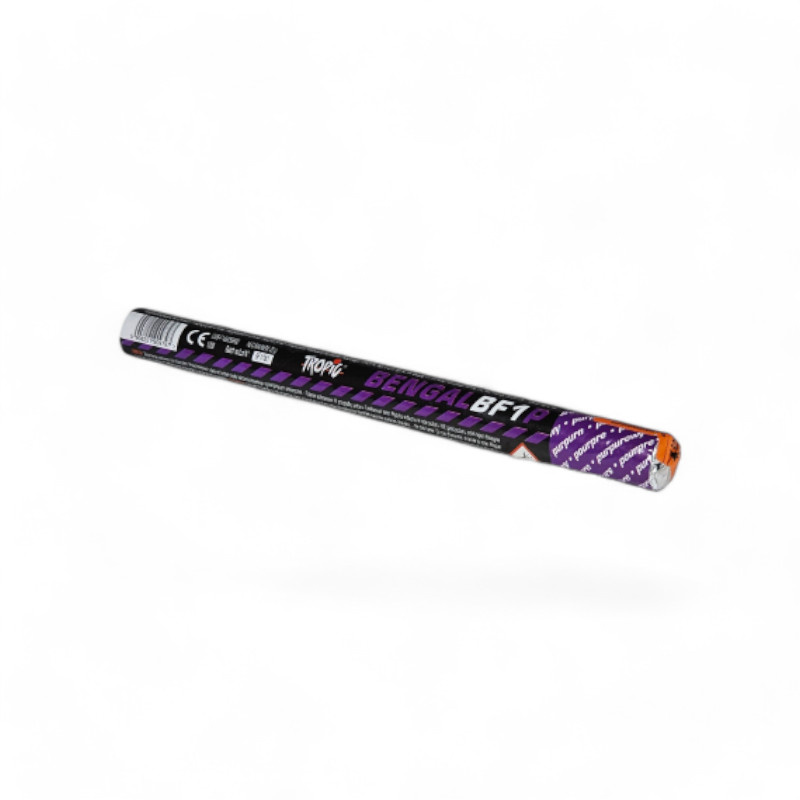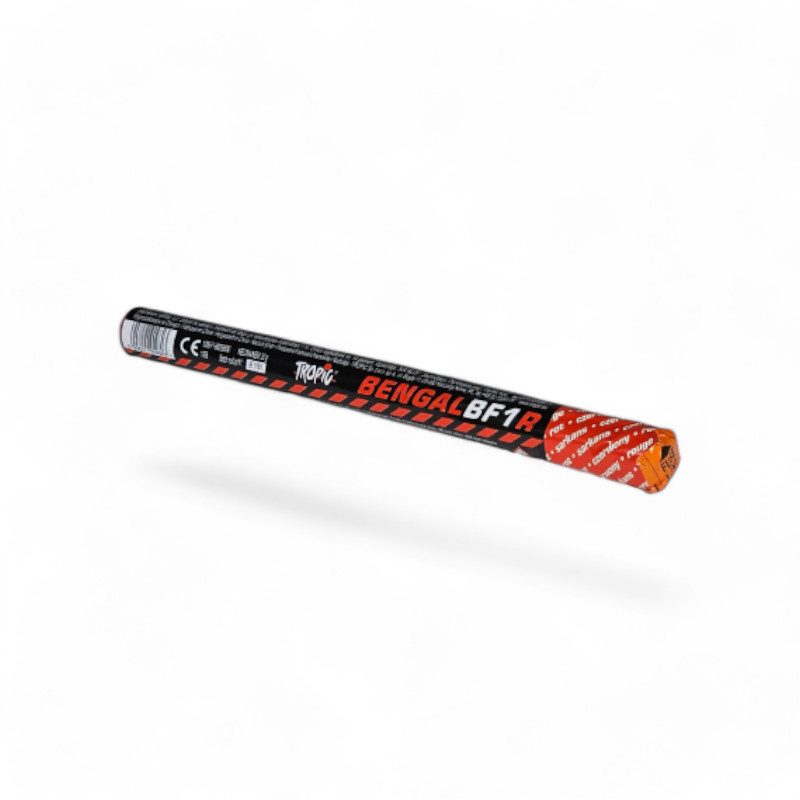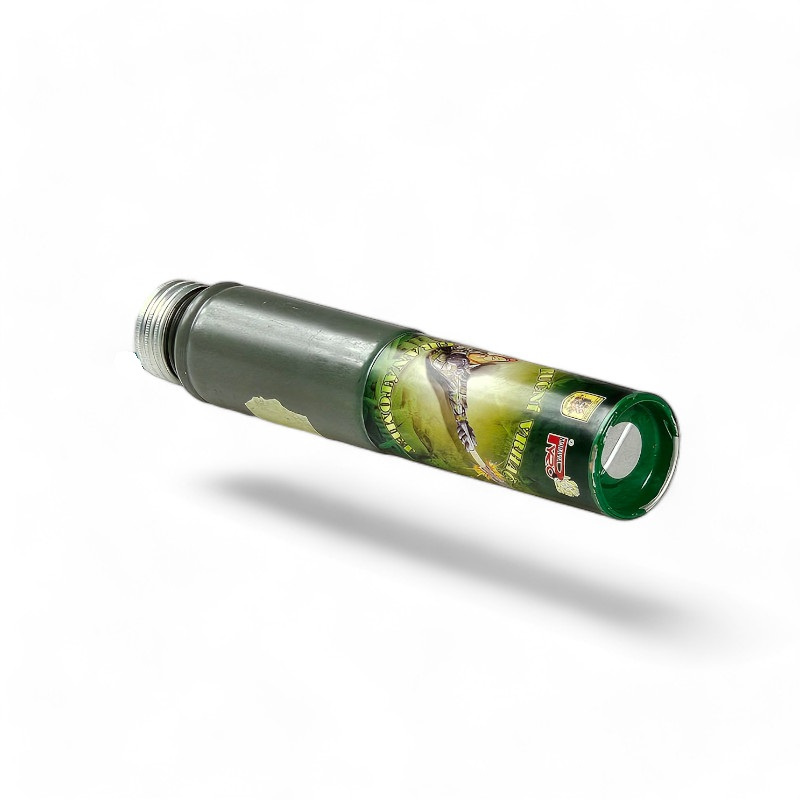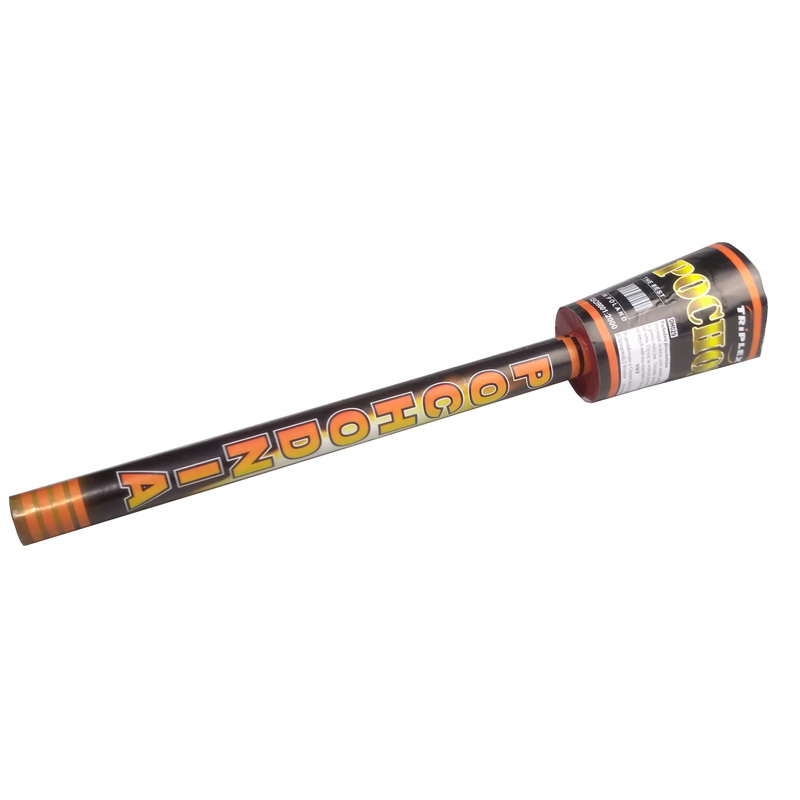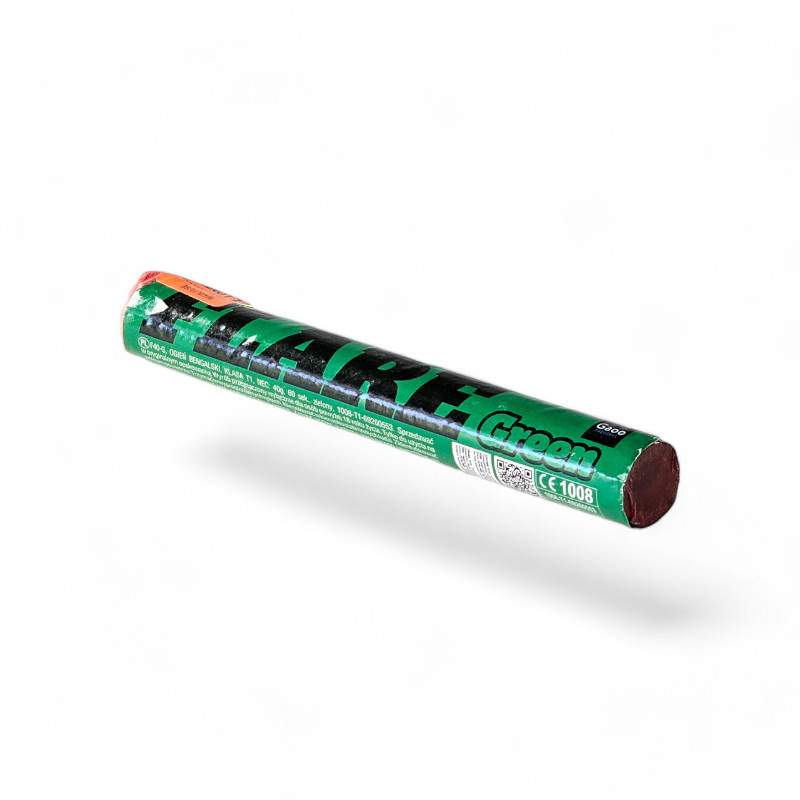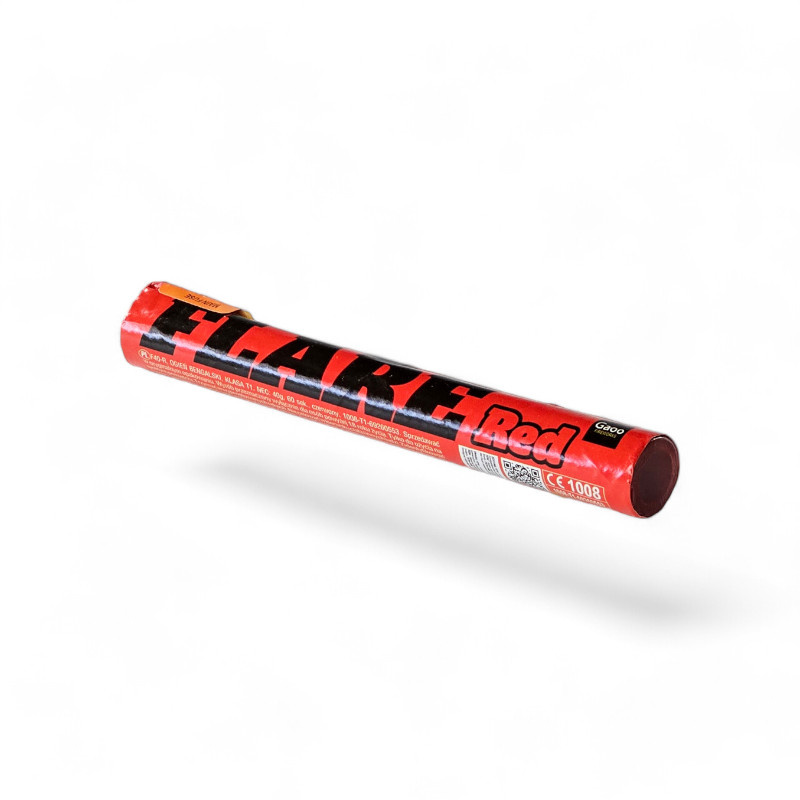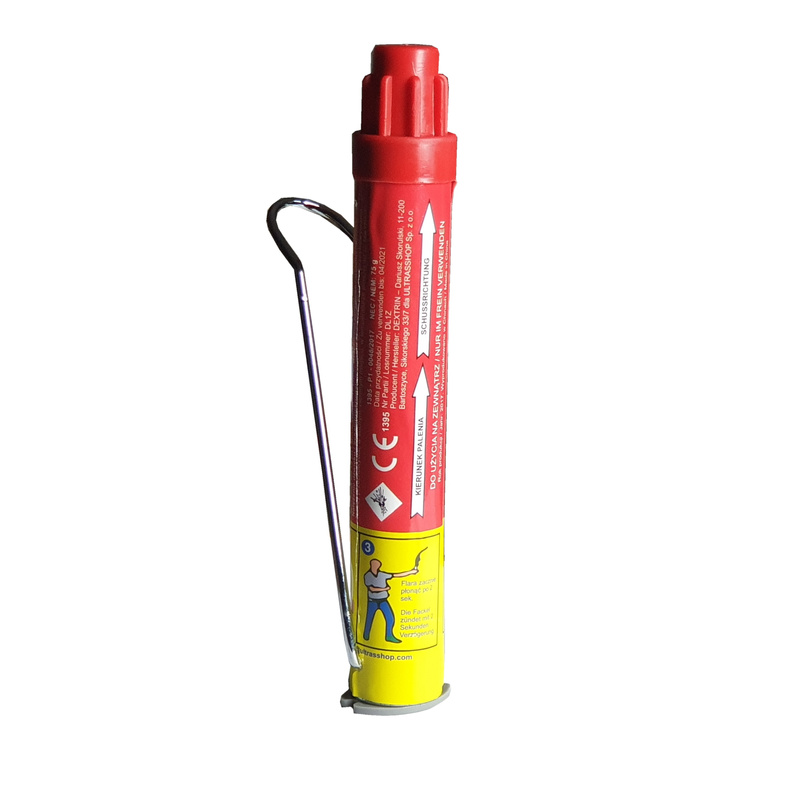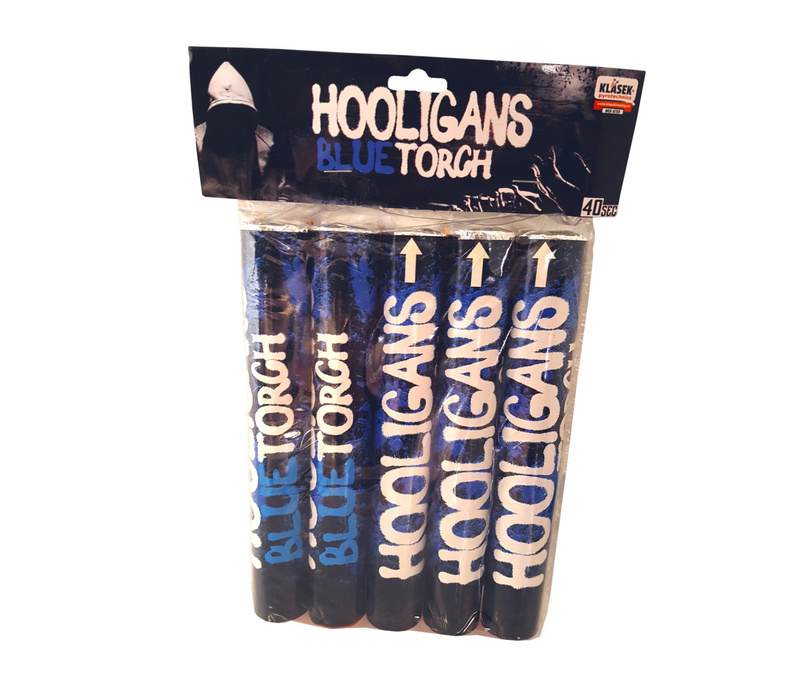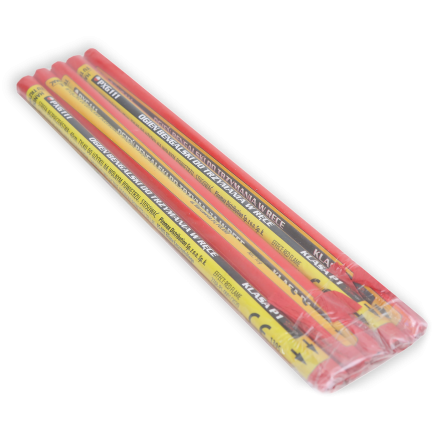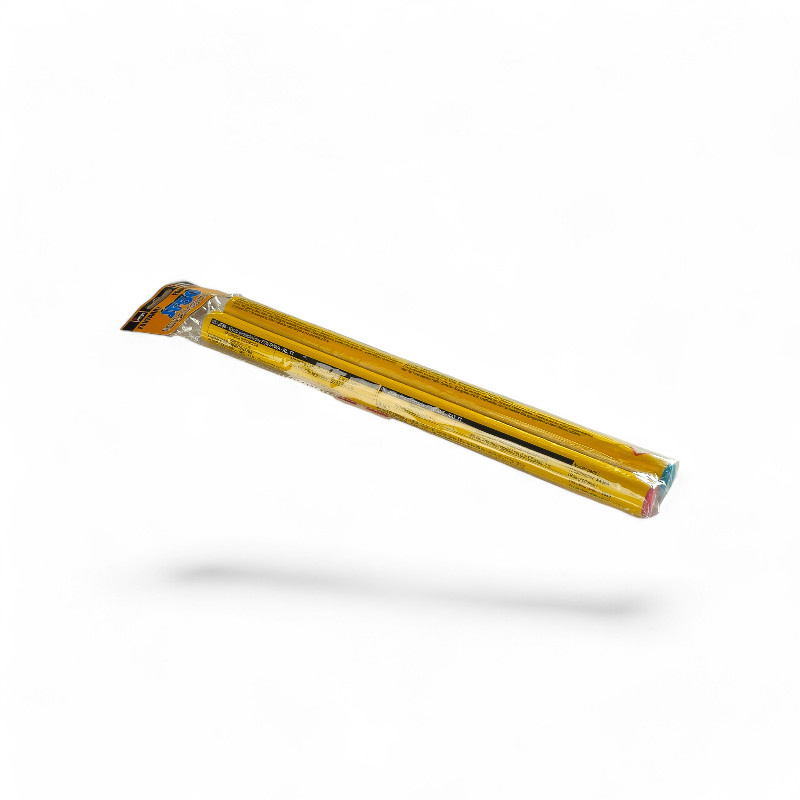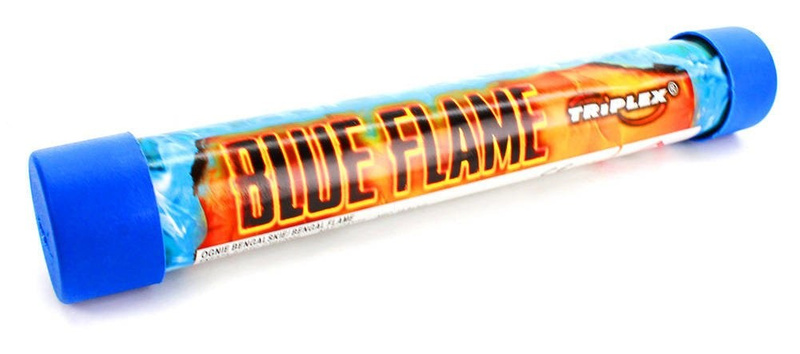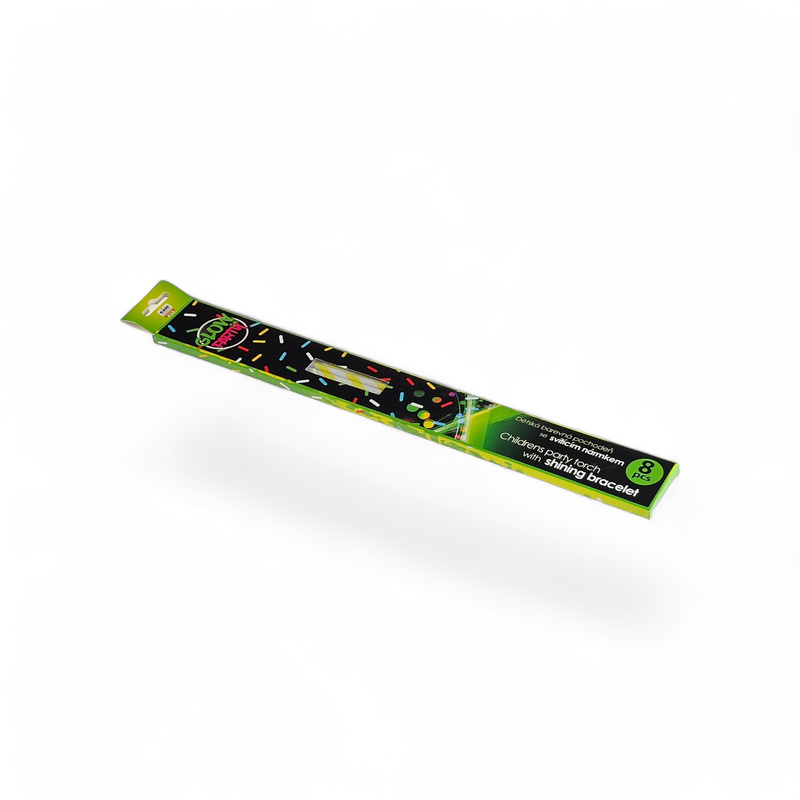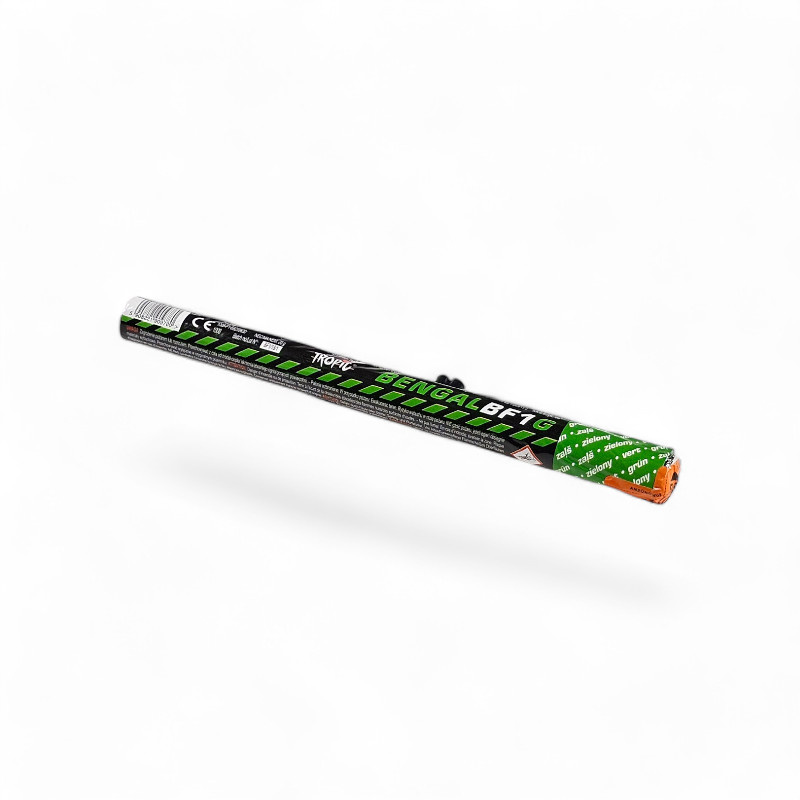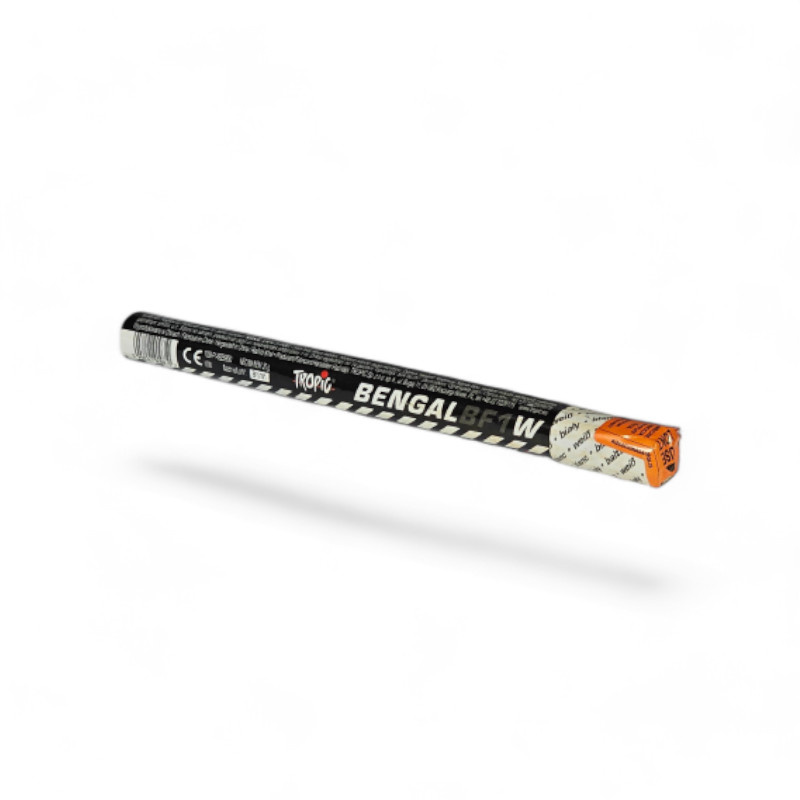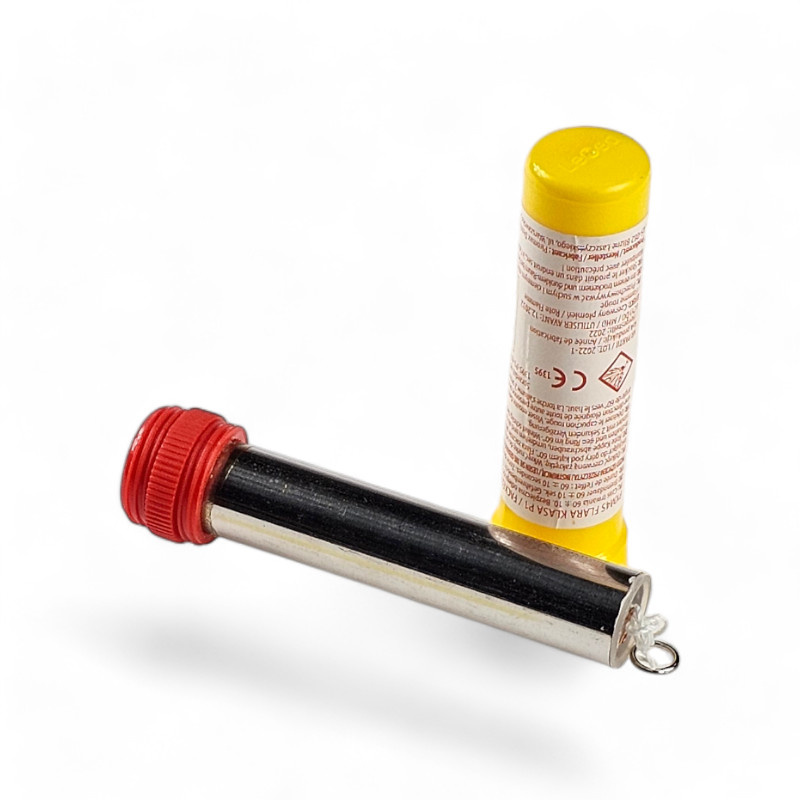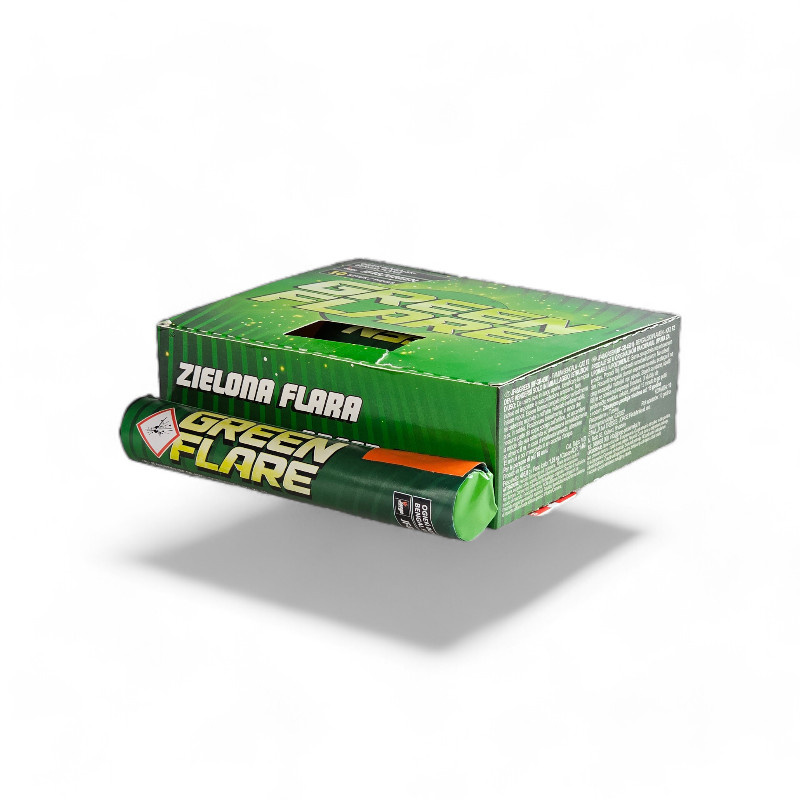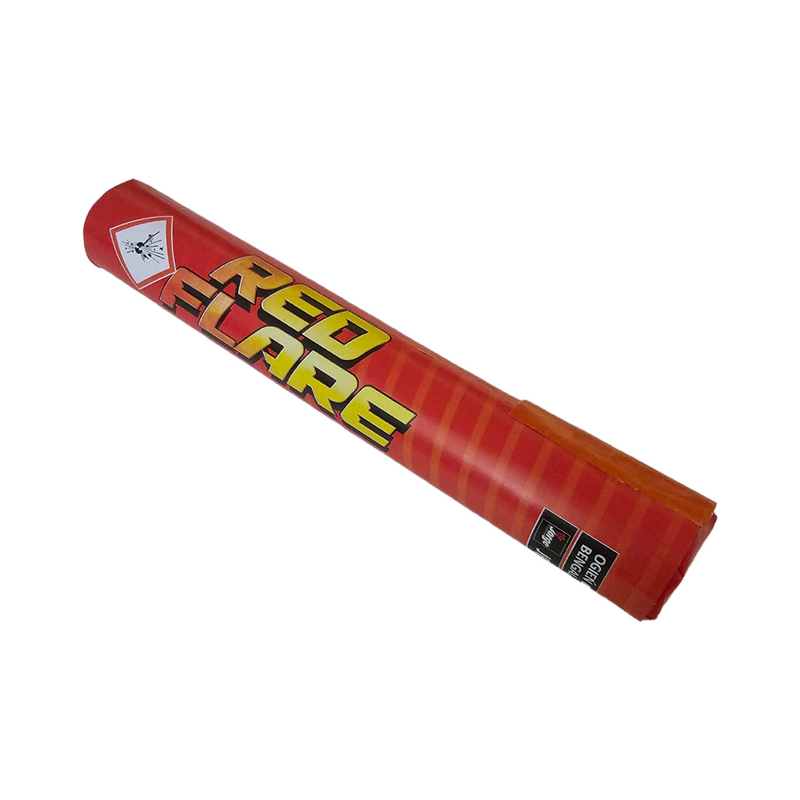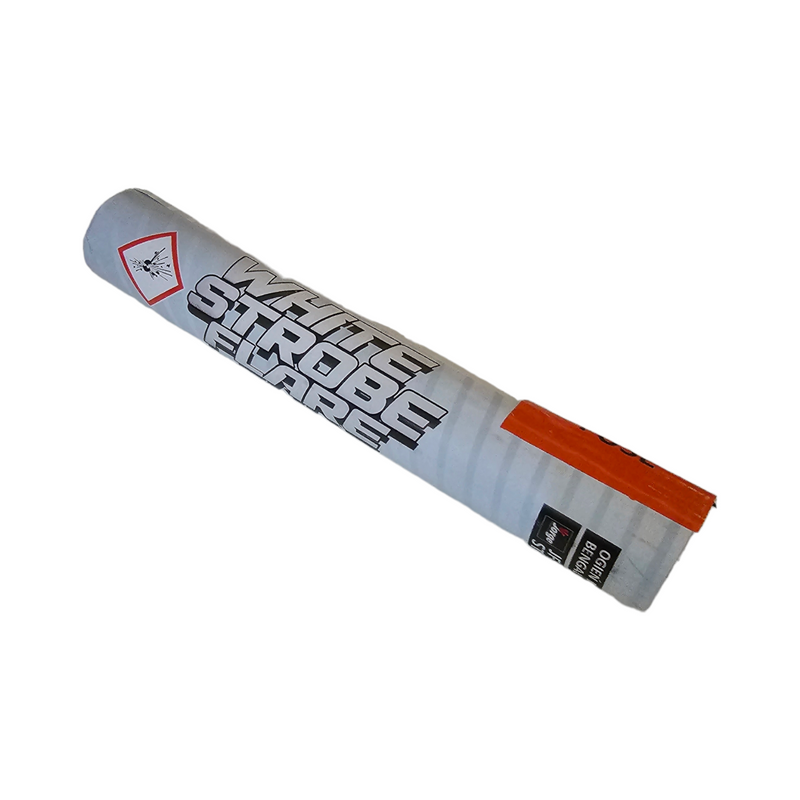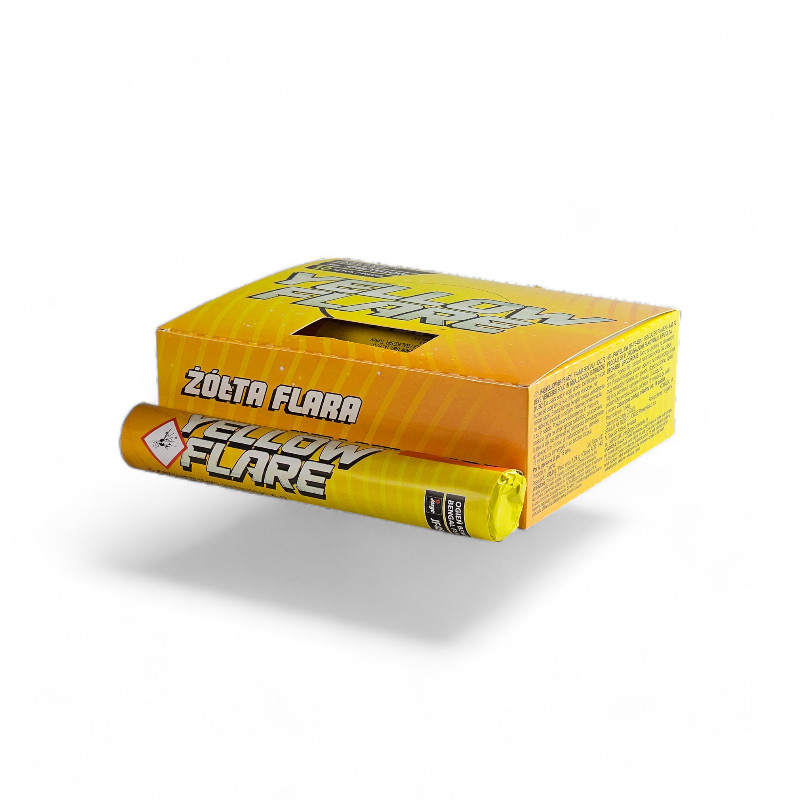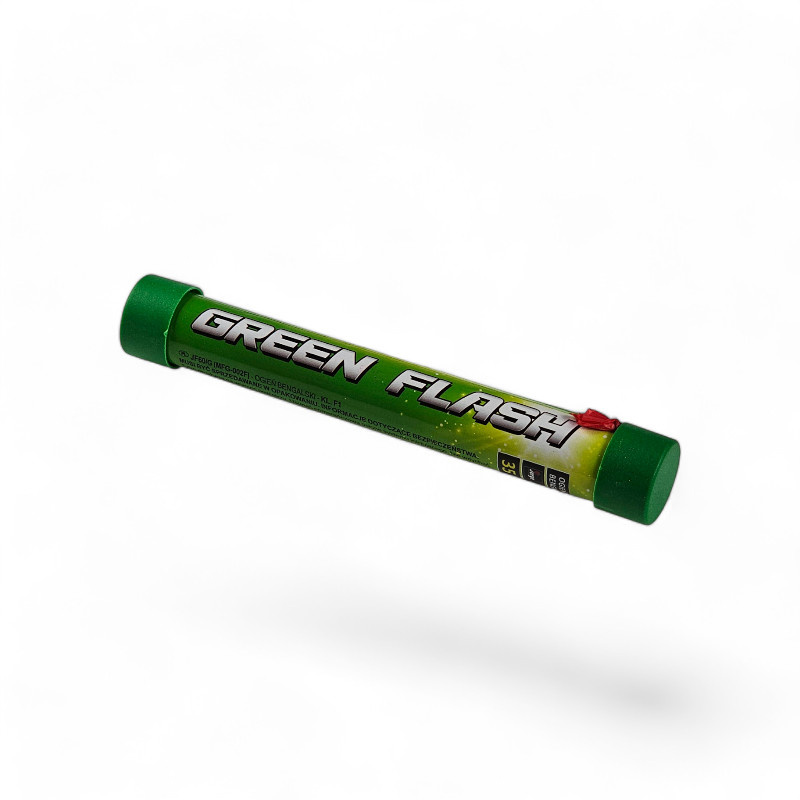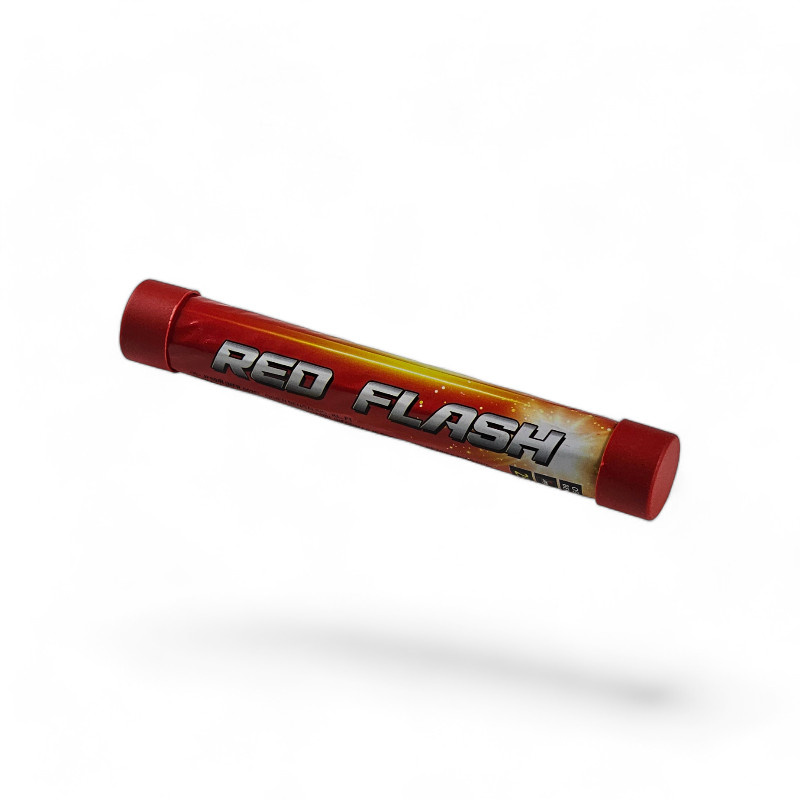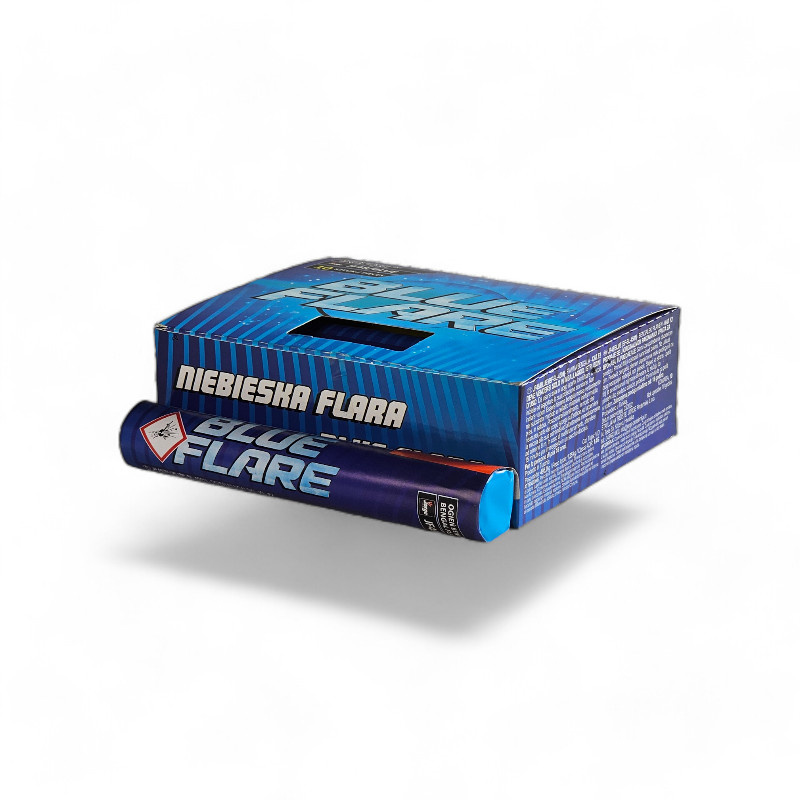How Do Flares Work? What Makes Them Burn So Bright?
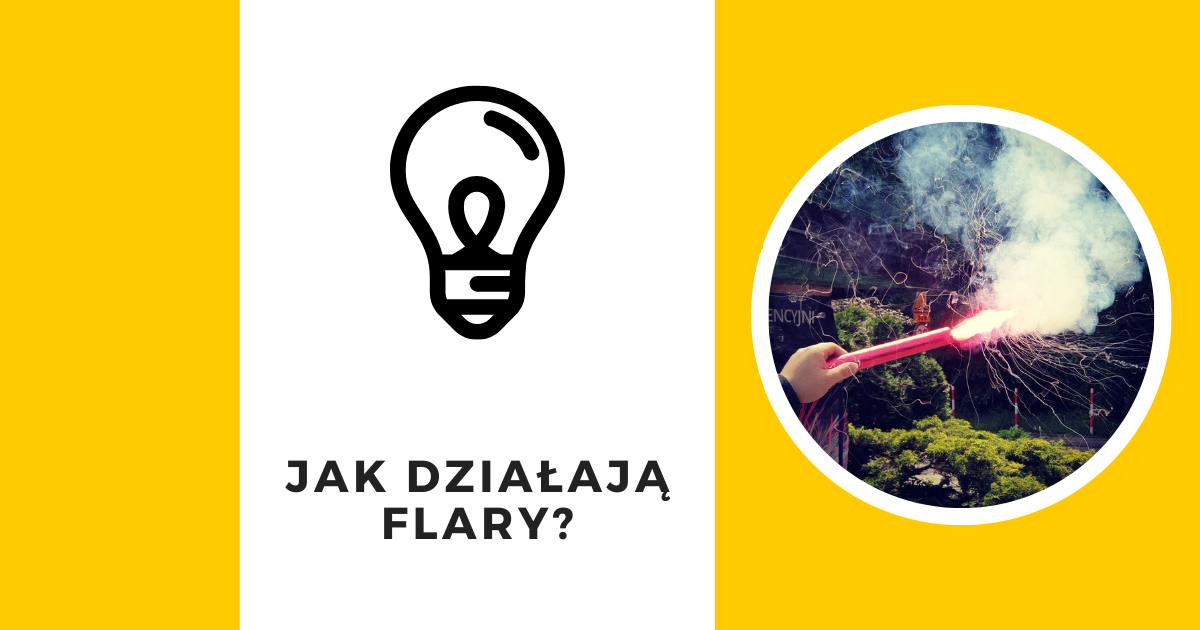
How Do Flares Work?
How do flares work? When should you use them? What makes these pyrotechnic products emit light? Here’s everything you need to know about flares and how they work.
Flares are used in specific situations. These types of pyrotechnic items are popular among football fans, motorsport enthusiasts, and organizers of outdoor events. Flares are also part of military gear and are commonly used as warning signals. You can use them both in the mountains and at sea. They indicate danger or signal someone's location, serving as a point of reference for emergency services. While flares serve various purposes, their basic operating principle has remained the same for years.
So how do flares work, and what makes them shine so brightly? Let’s take a closer look.
Flares – How Do They Work and What Makes Them Glow?
Flares are typically made using flame-coloring salts and metals that produce a bright light, such as magnesium or aluminum. They can illuminate both small and large areas.
Depending on the type, flares can be ignited in different ways: either by lighting a fuse or by striking a match-like surface.
In flares with a fuse, fire is directed into the core where the pyrotechnic composition is located.
When lighting by friction, you simply strike the sensitive material on one end of the flare — much like using a match.
Why Do Flares Produce Colored Flames?
Certified products sold on the market must comply with safety regulations and environmental policies. For this reason, over time, flare manufacturers have started using only chemical mixtures that meet these standards.
To produce colored flares, specific metal salts are used — which have nothing in common with table salt. In chemistry, a “salt” refers to a compound made of metal and non-metal atoms.
When these compounds burn, they emit characteristic colors. Nitrates, chlorates, and perchlorates provide the oxygen needed to burn the fuel, while dextrin (a group of carbohydrates derived from hydrolyzed starch) binds the mixture together.
Compounds That Give Flares Their Color
Here are the substances responsible for the color of flares:
Strontium salts, lithium salts, lithium carbonate – red
Barium chloride – green
Sodium compounds, sodium nitrate, cryolite – gold
Magnesium oxide or aluminum oxide – white
Calcium salts, calcium chloride, calcium sulfate – orange
Copper chloride – blue
Strontium and copper compounds – purple
Aluminum, titanium – silver
How Do Flares Work? Summary
The way flares work is pure chemistry. The use of compounds containing metal and non-metal atoms makes it possible to enjoy a vibrant display of colors that enhance sports events and outdoor celebrations. Looking for a unique way to mark a special occasion? Steal the show with a spectacular pyrotechnic performance! Browse flares and firework sets available at the Fajerwerki Lider online store and create an unforgettable experience.
Recommended
